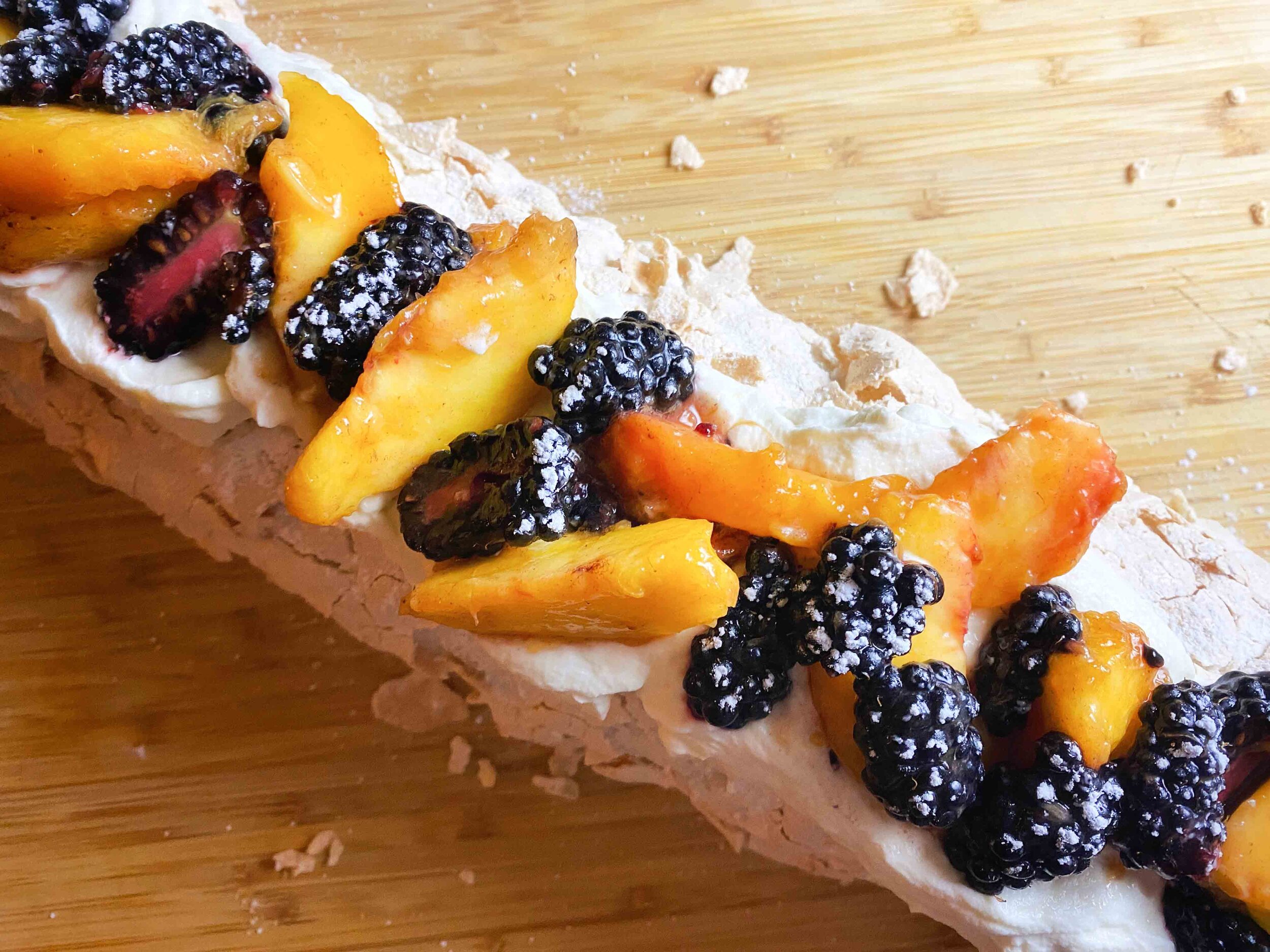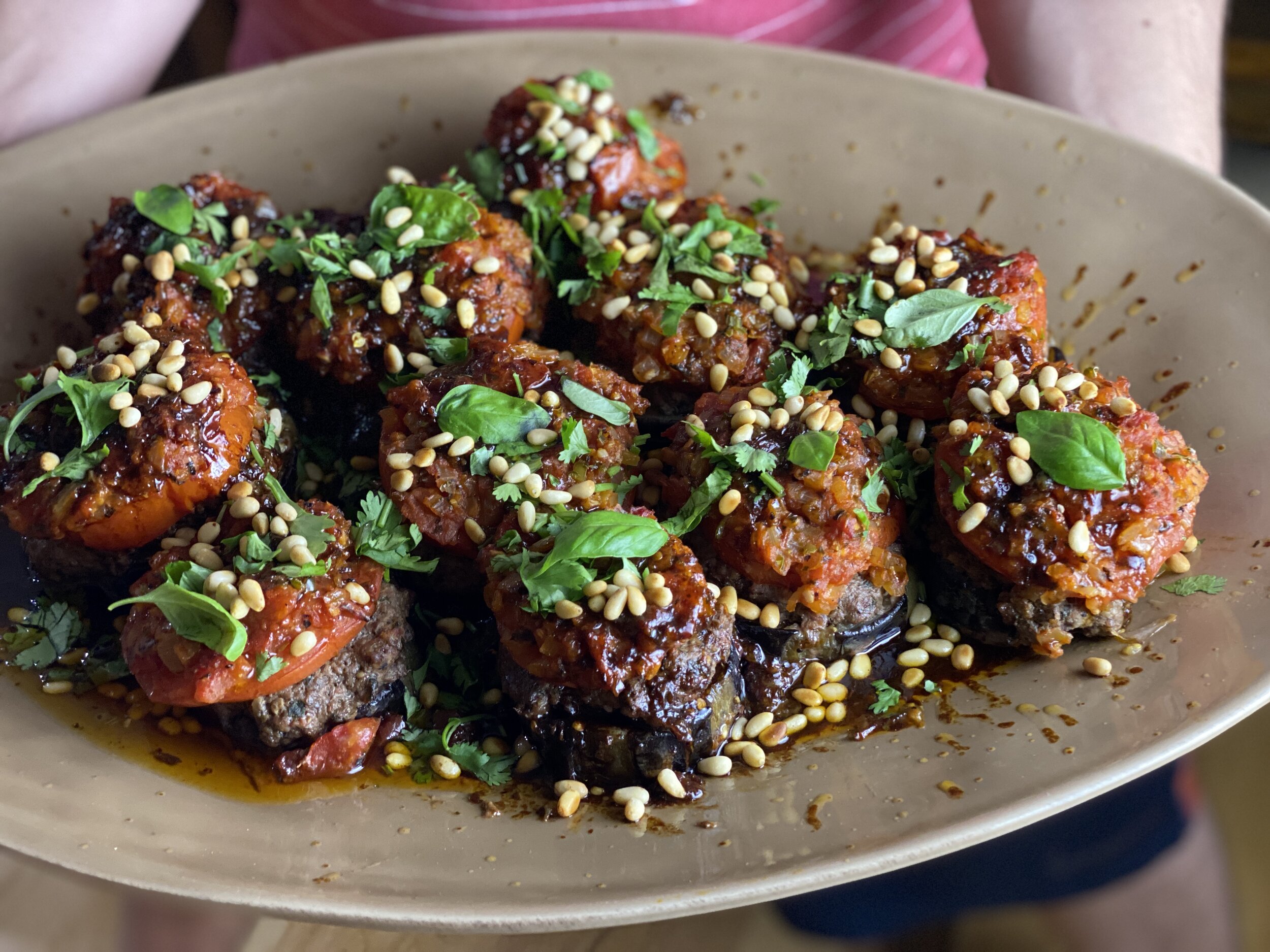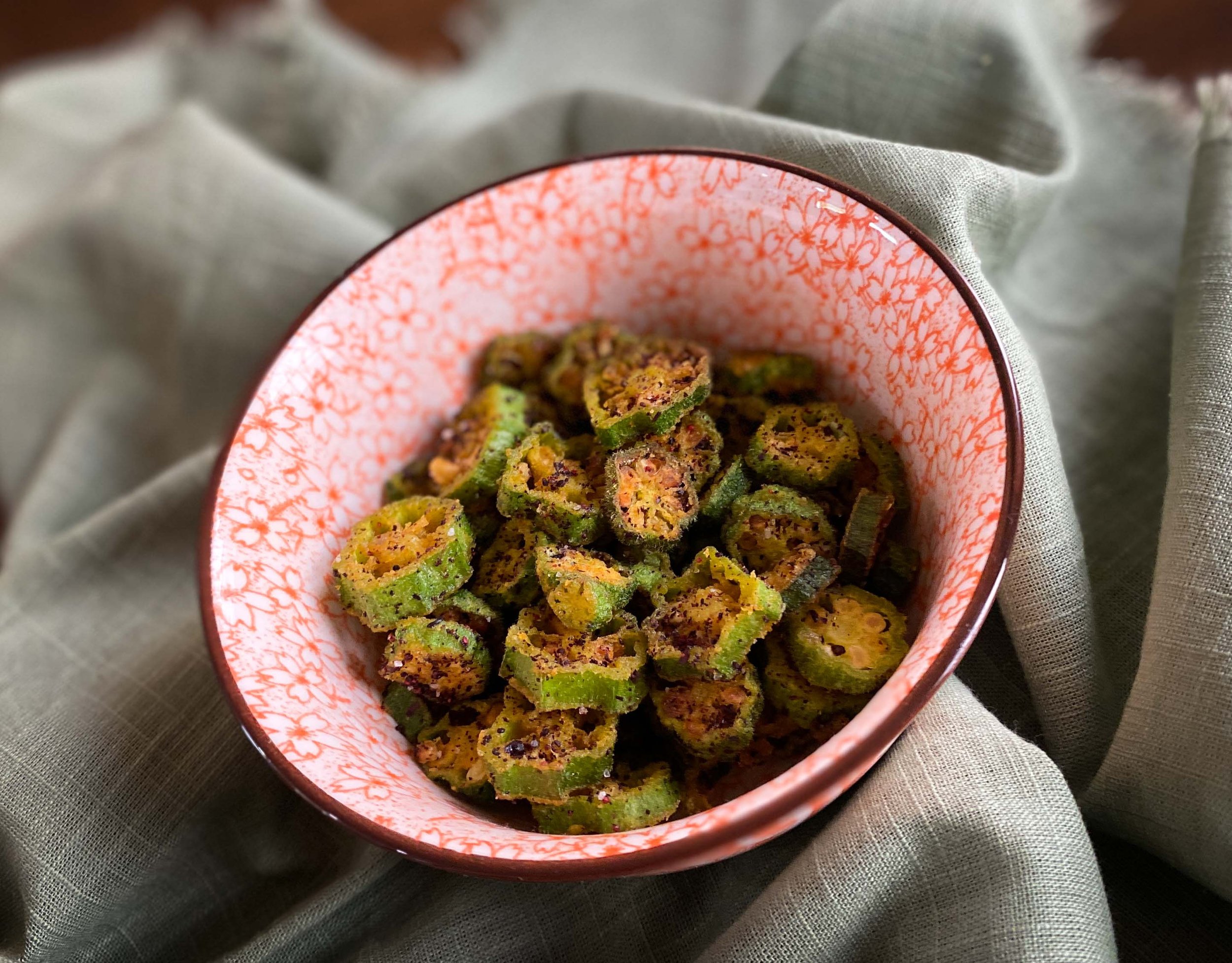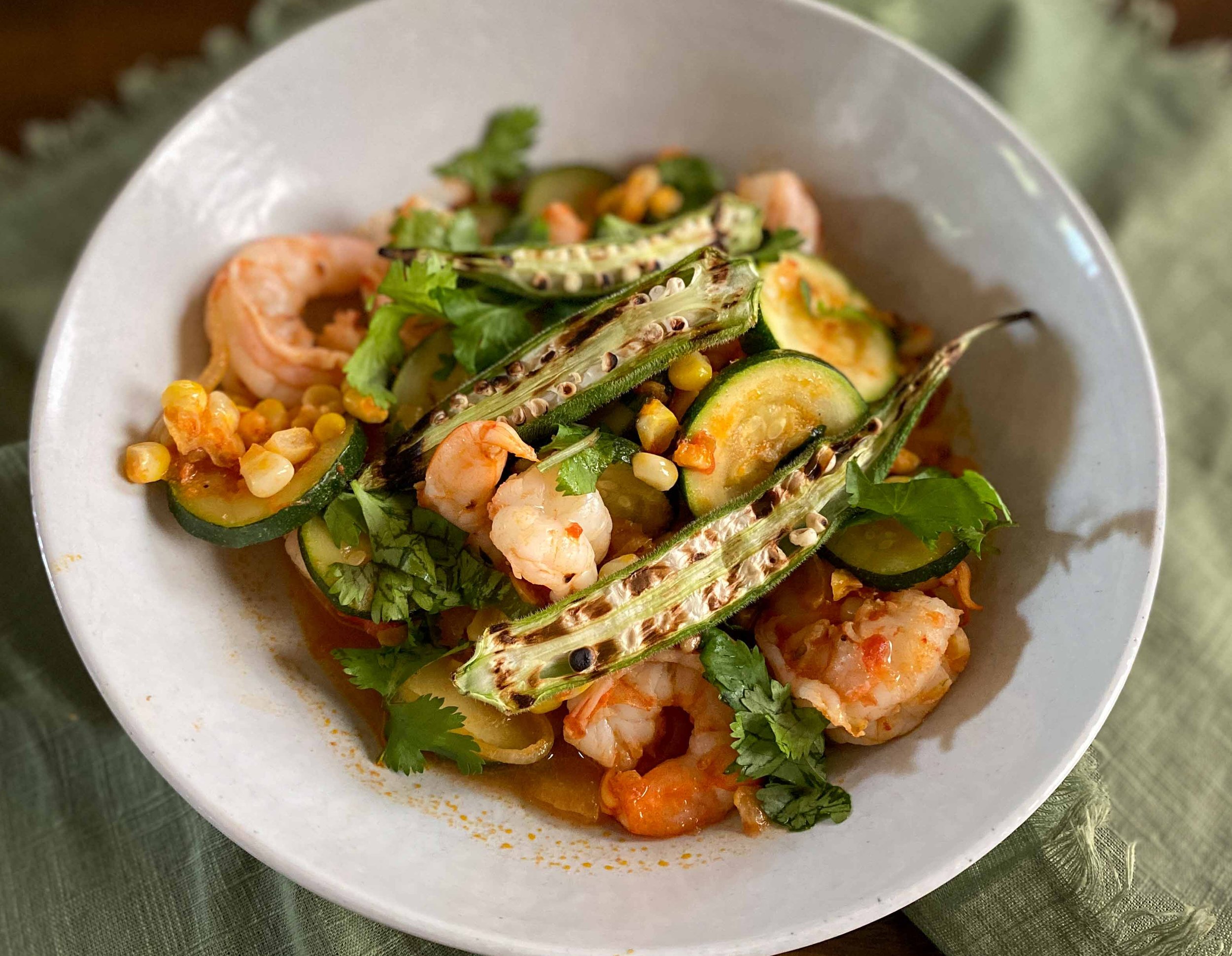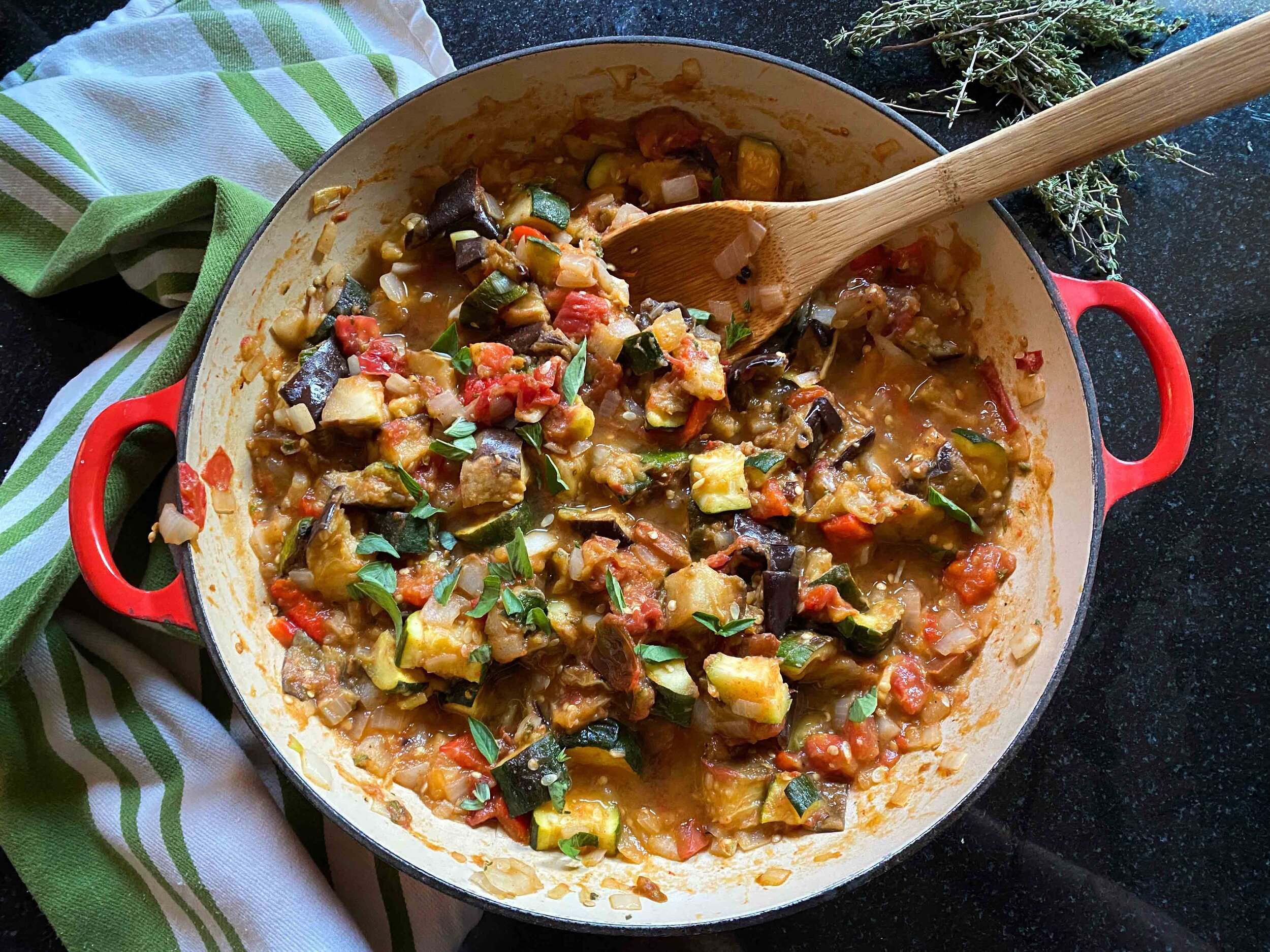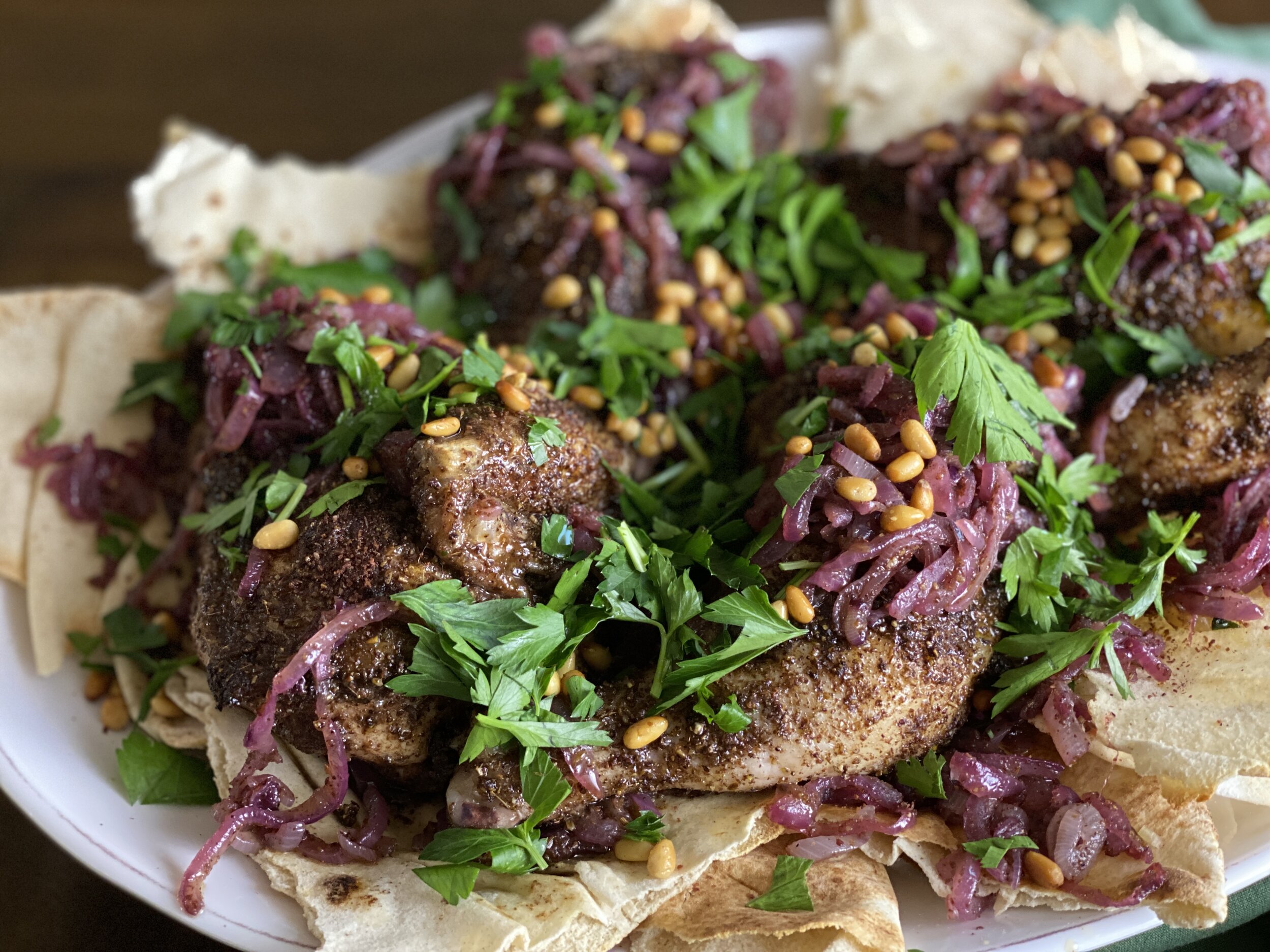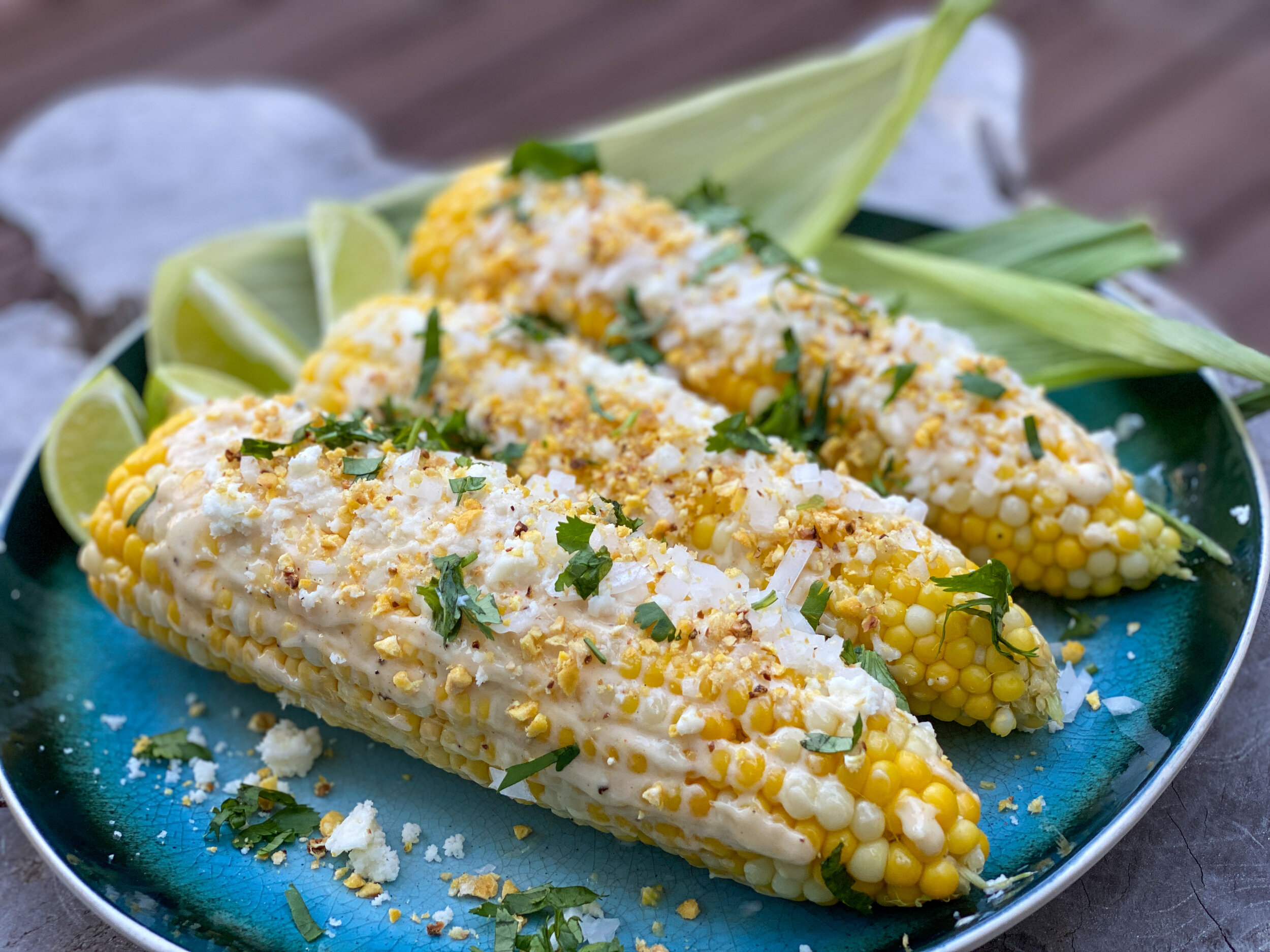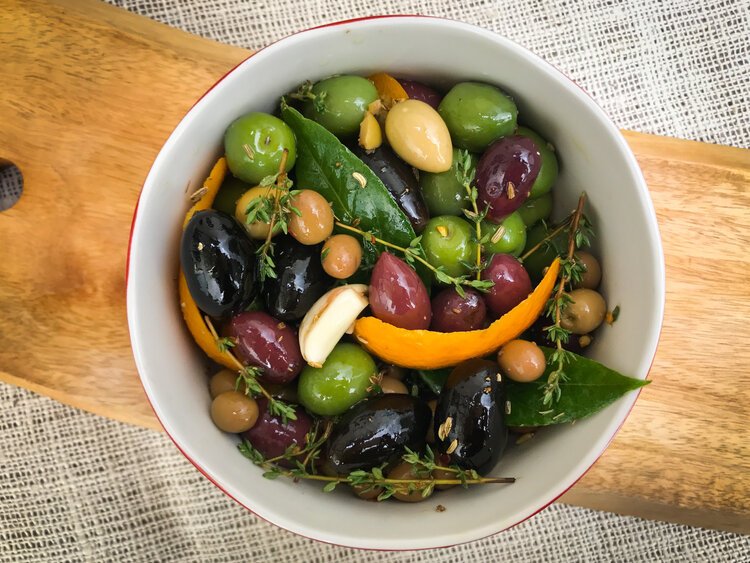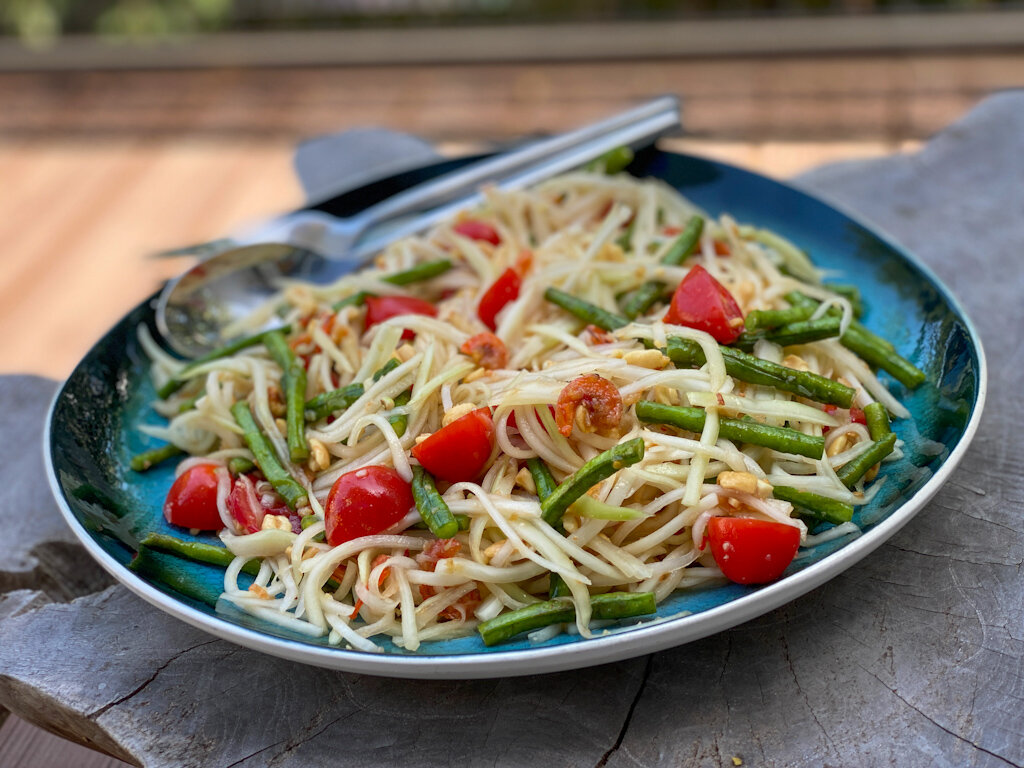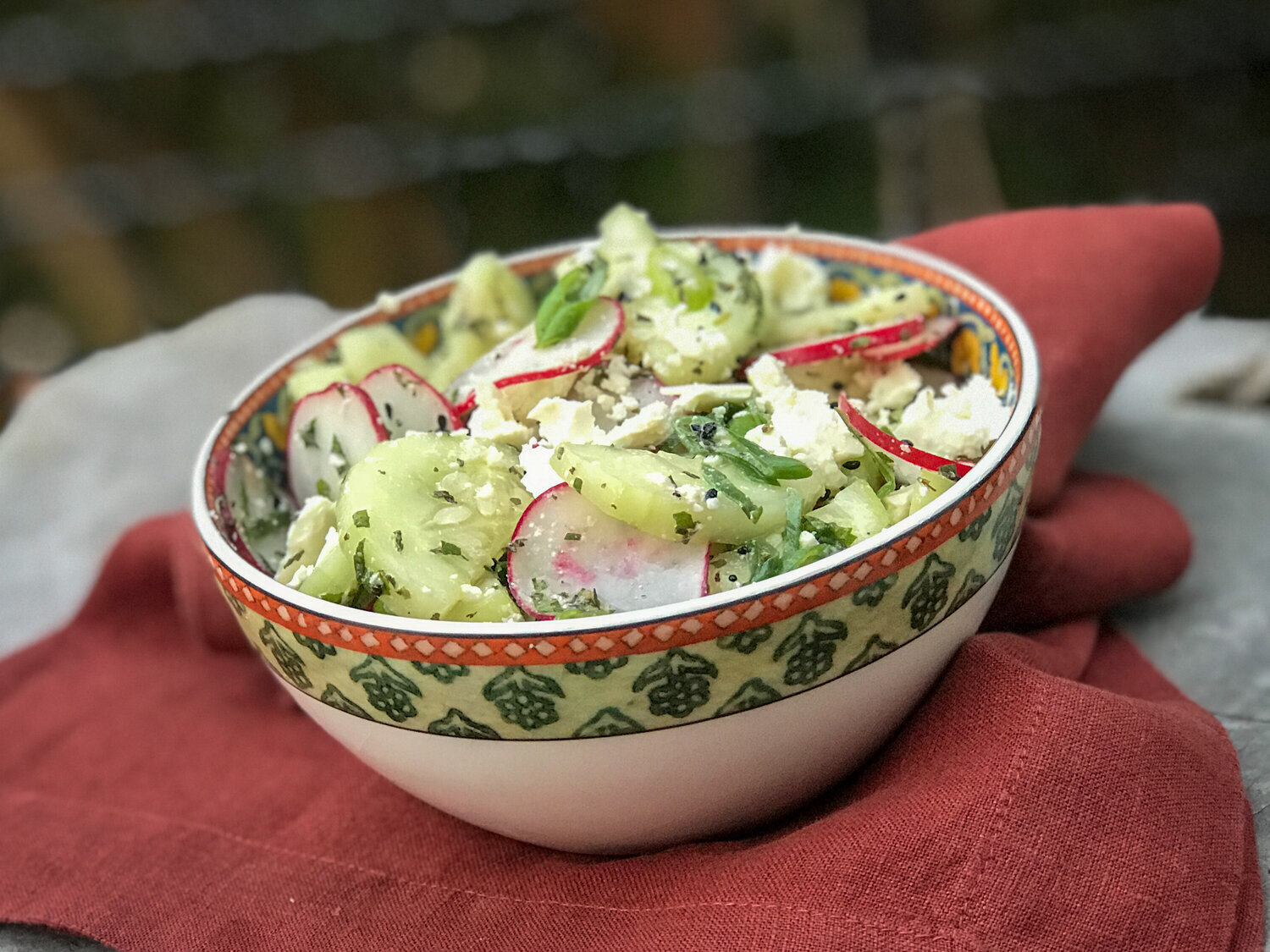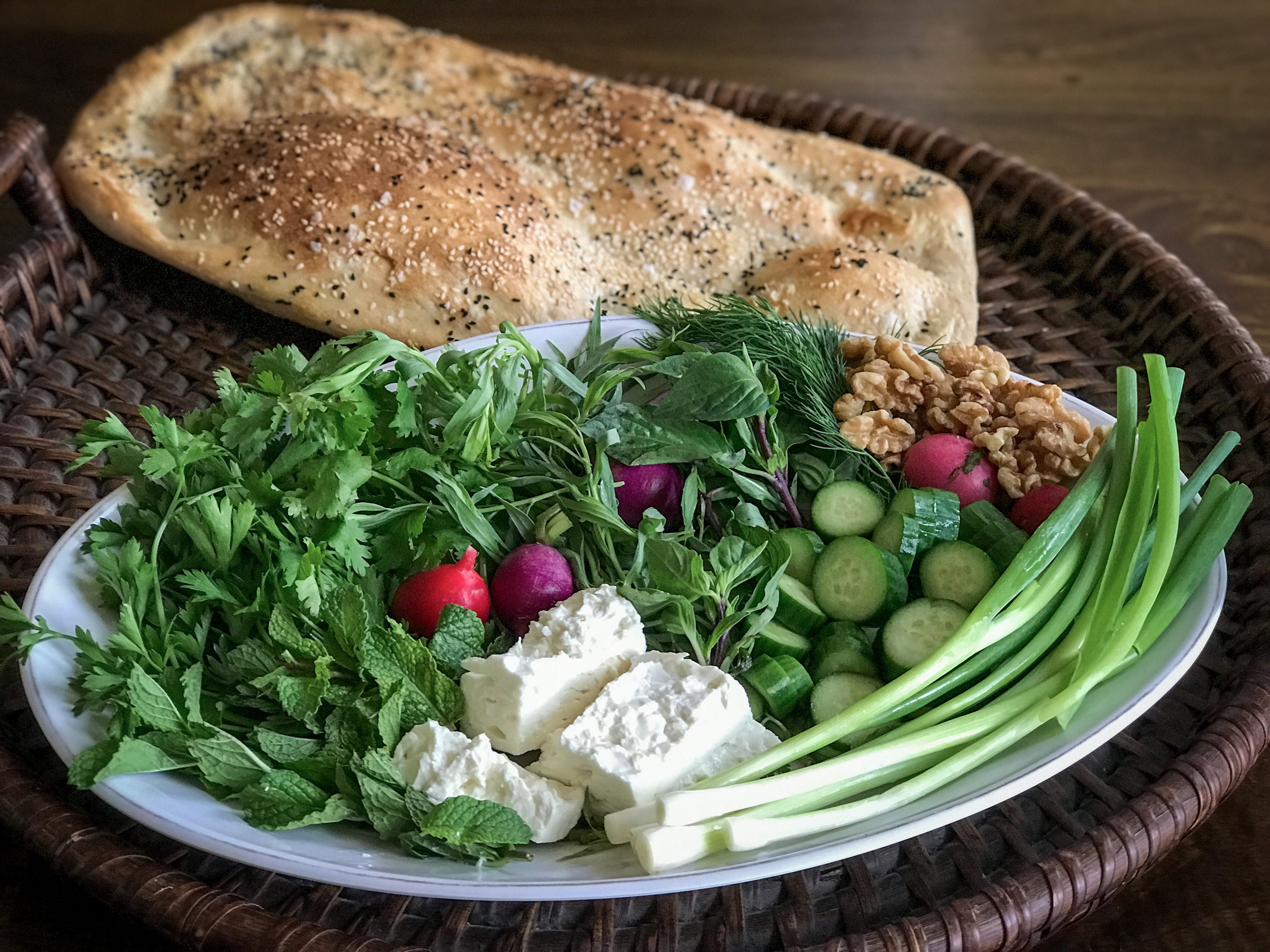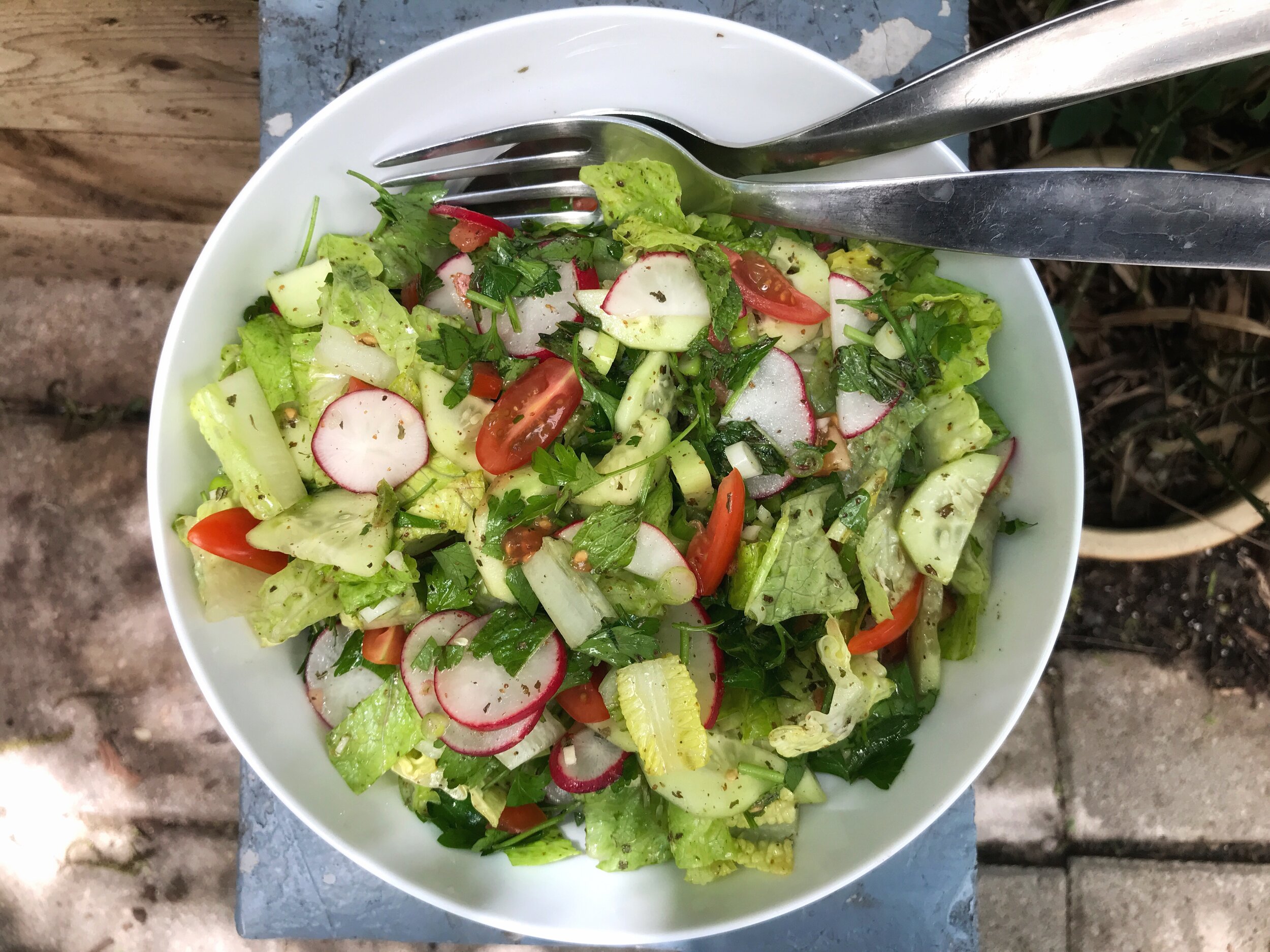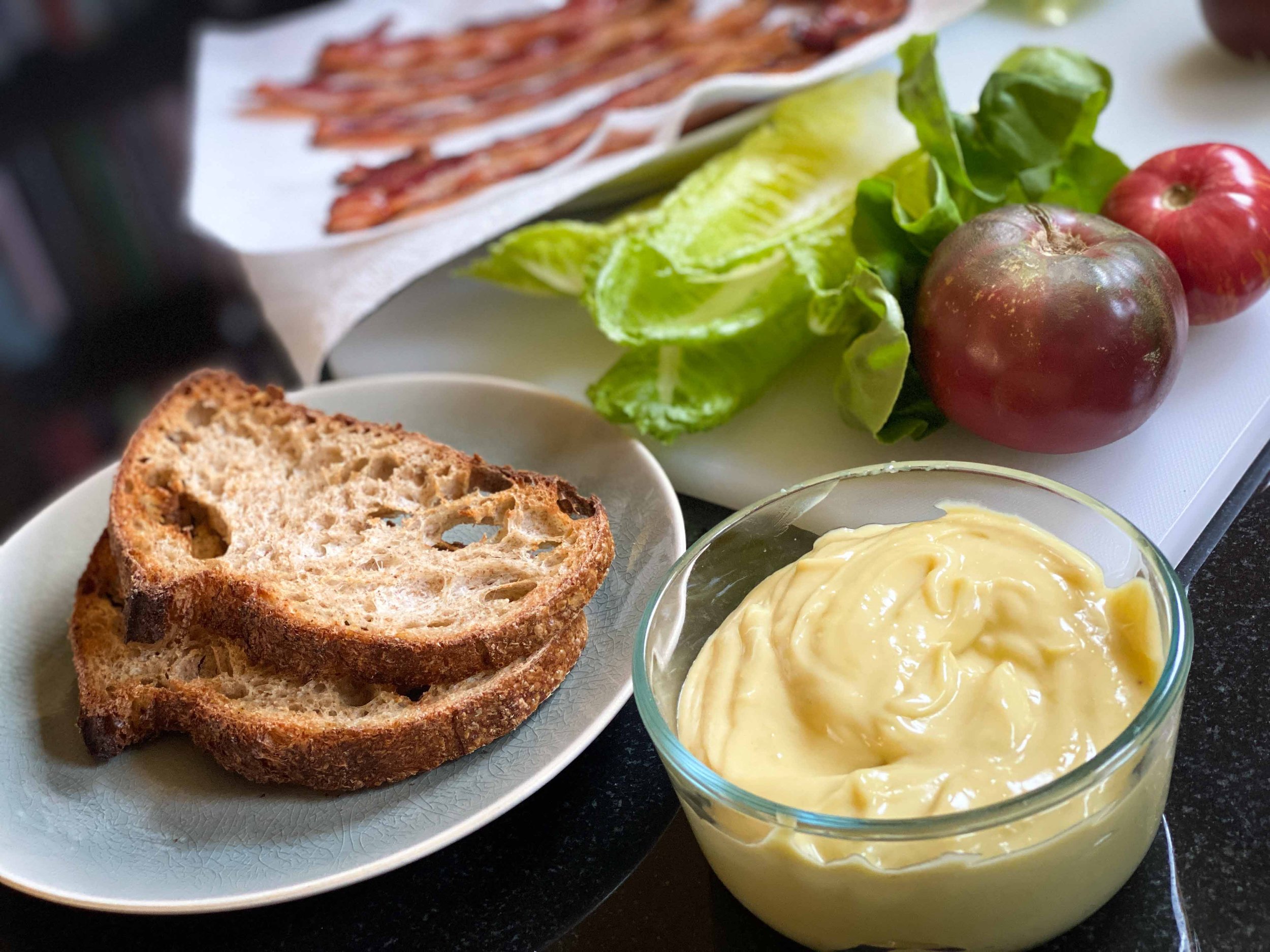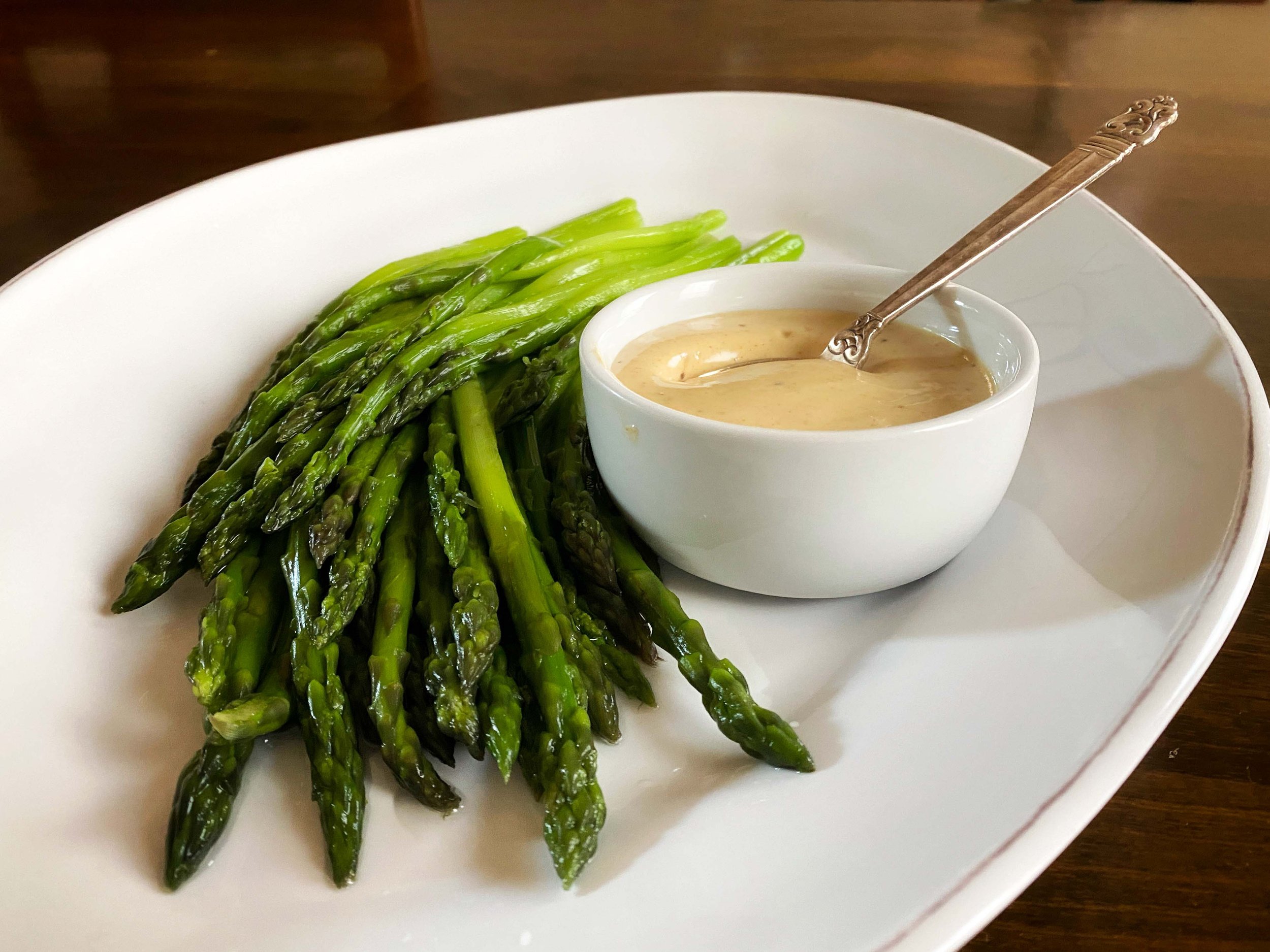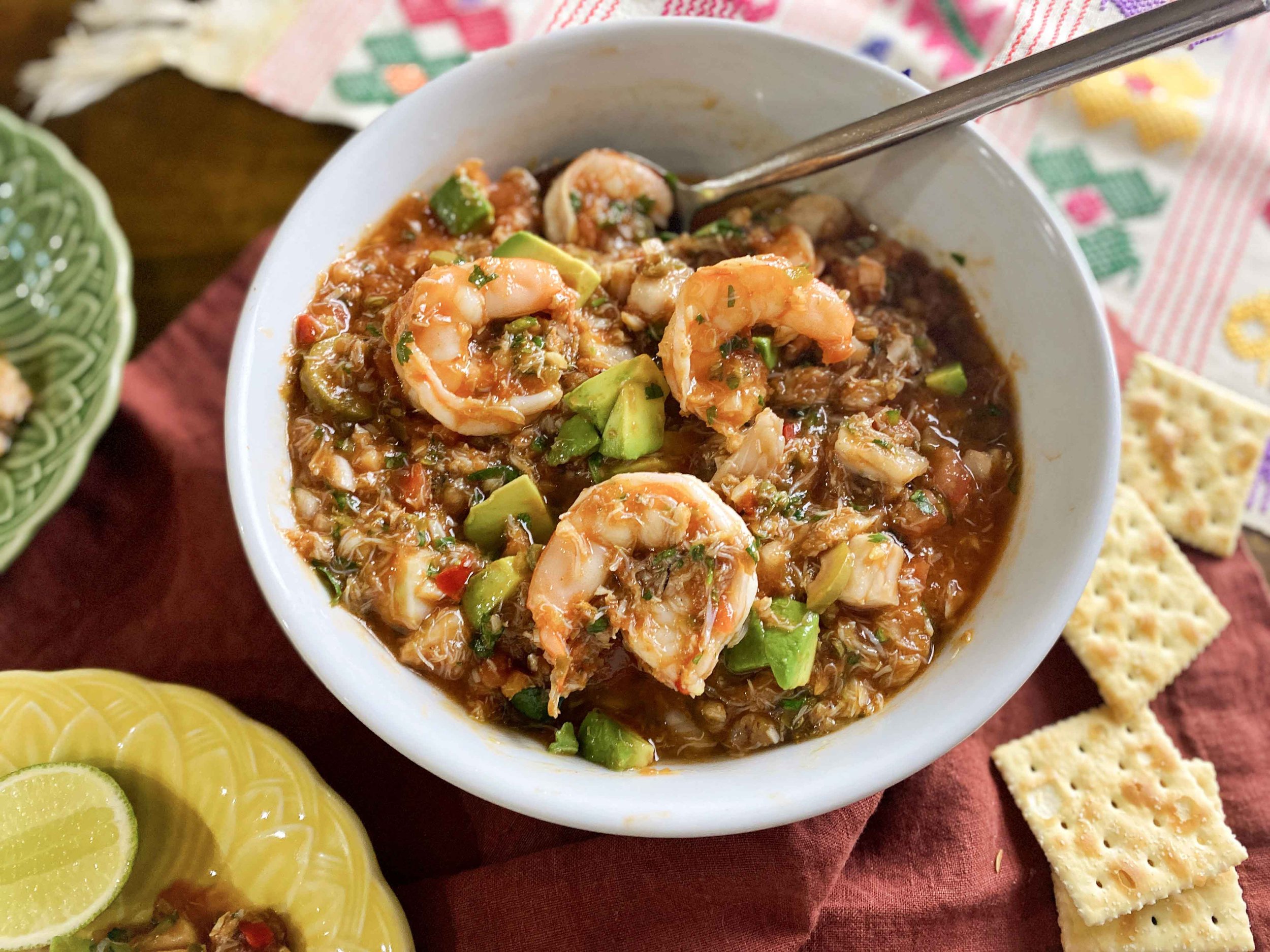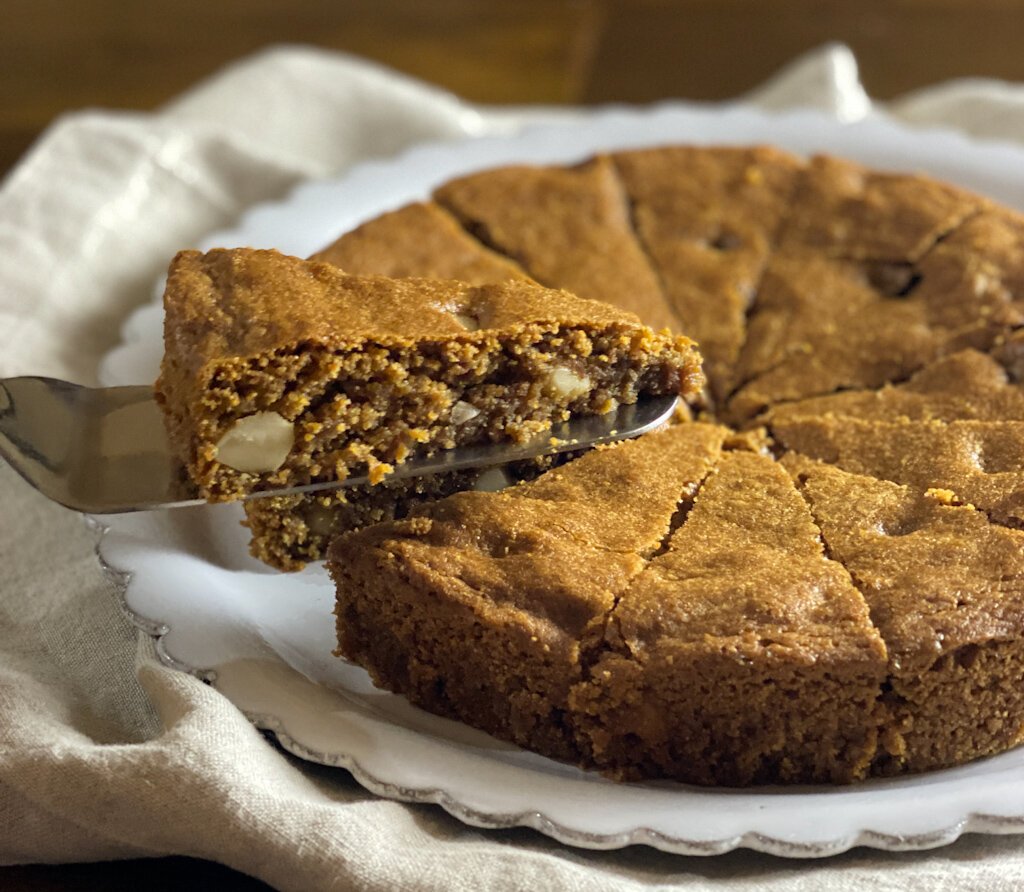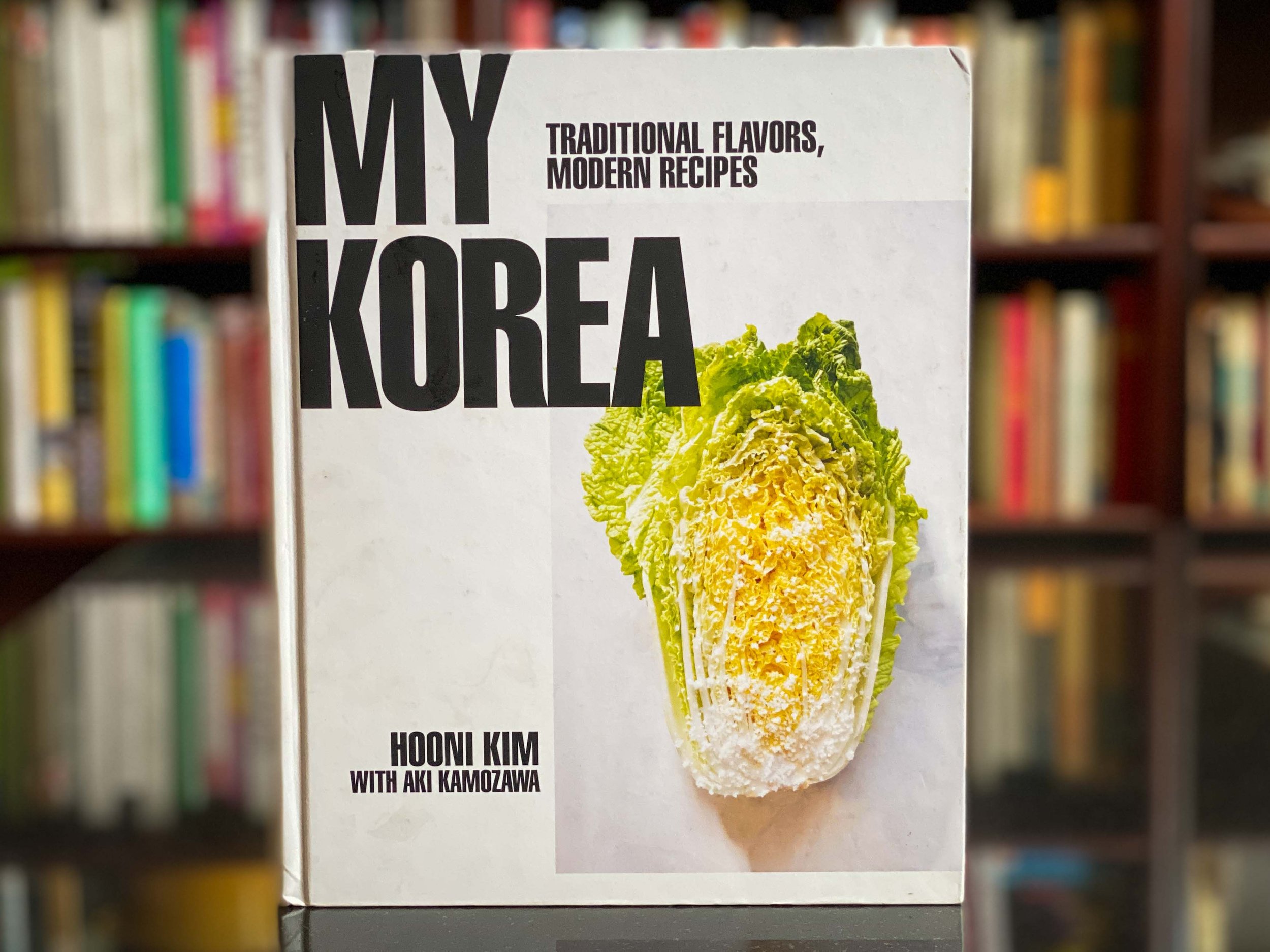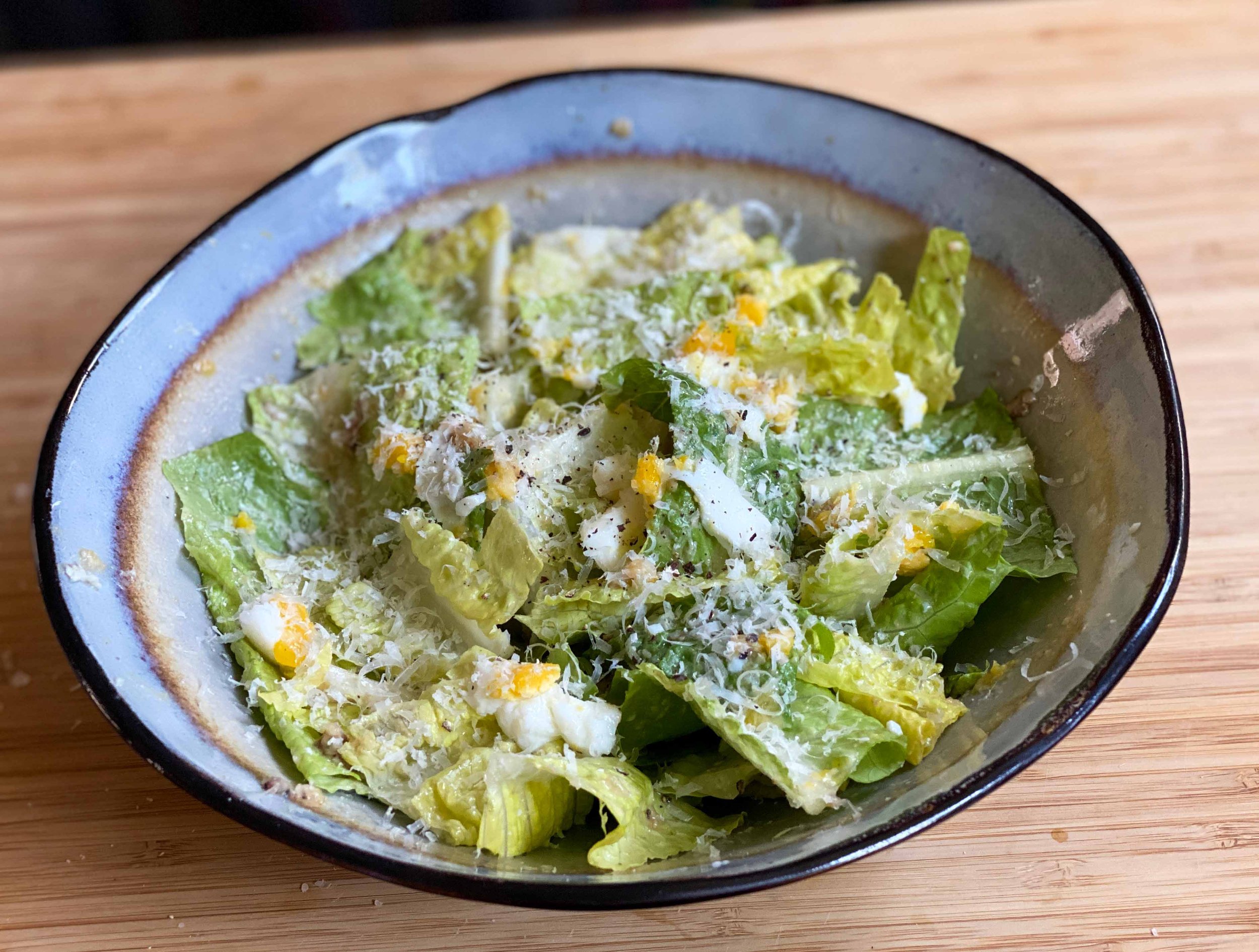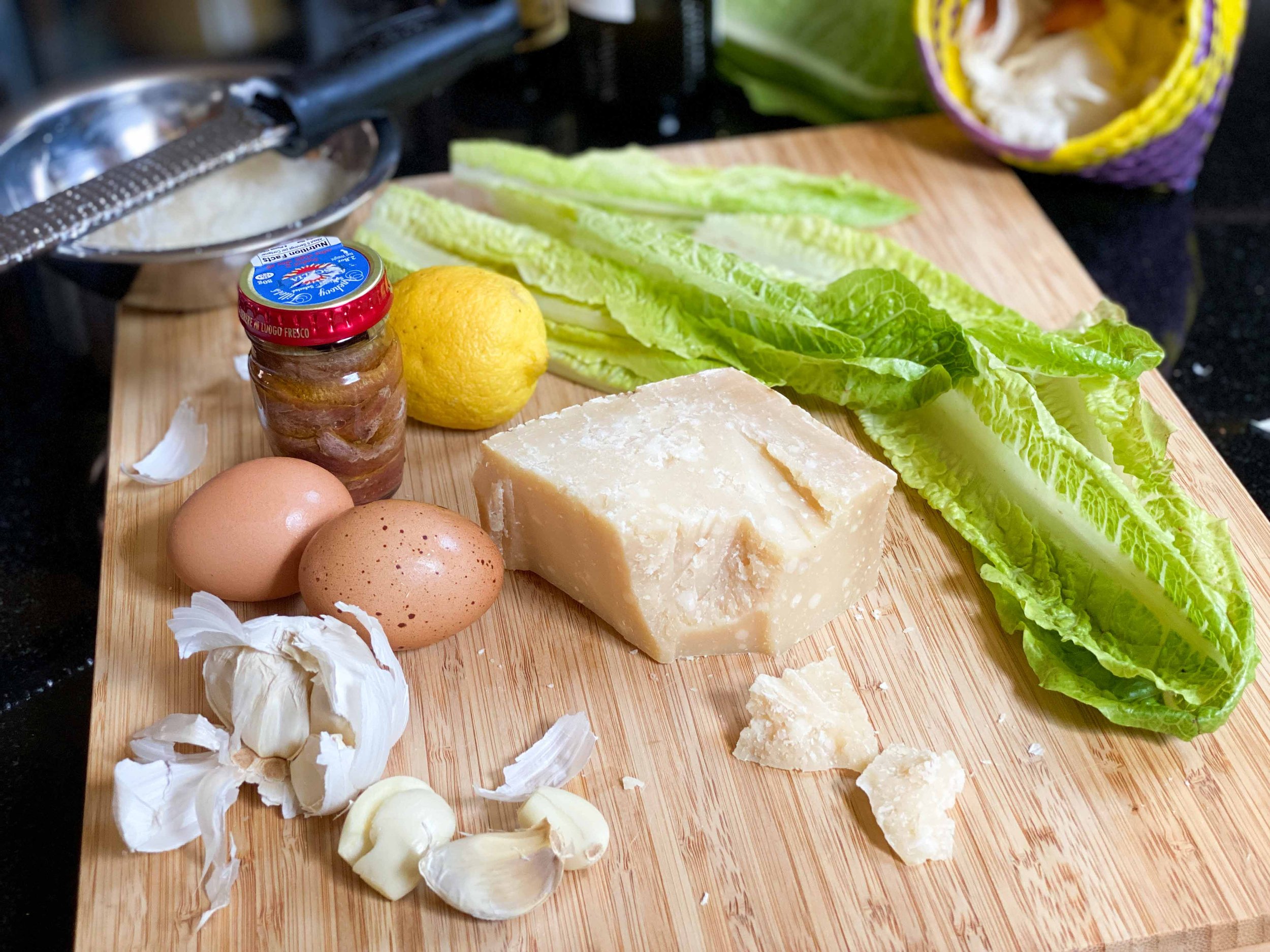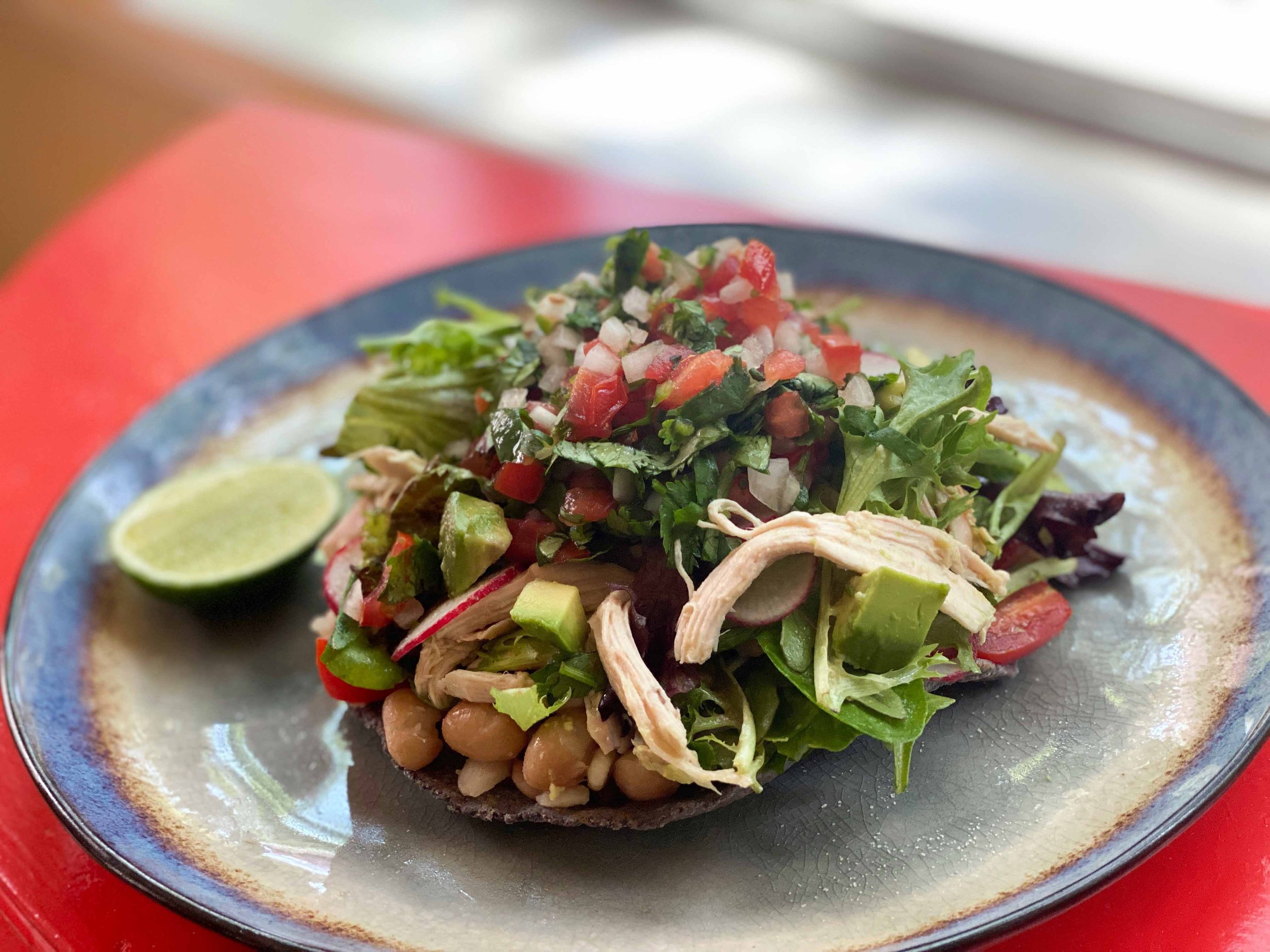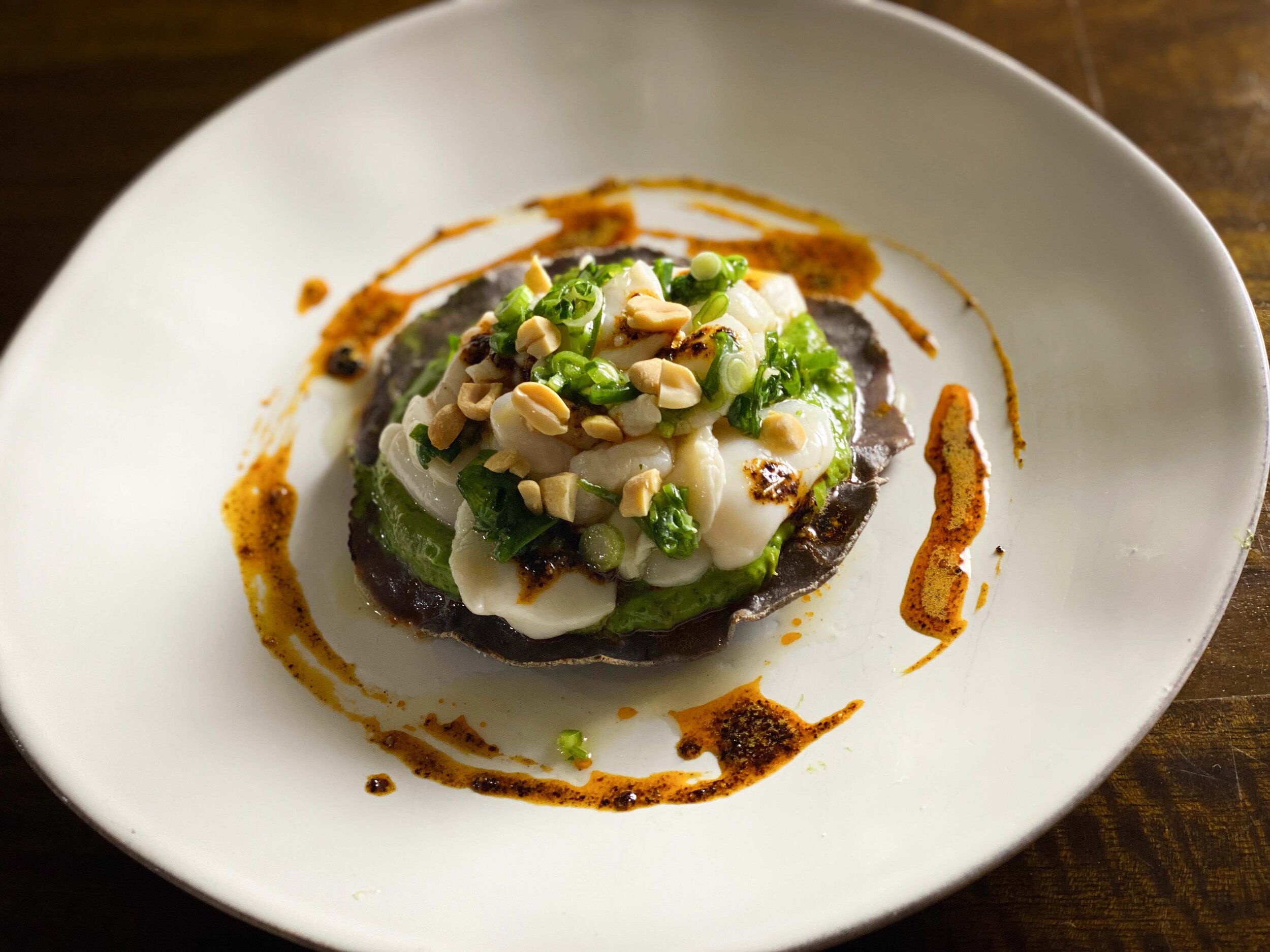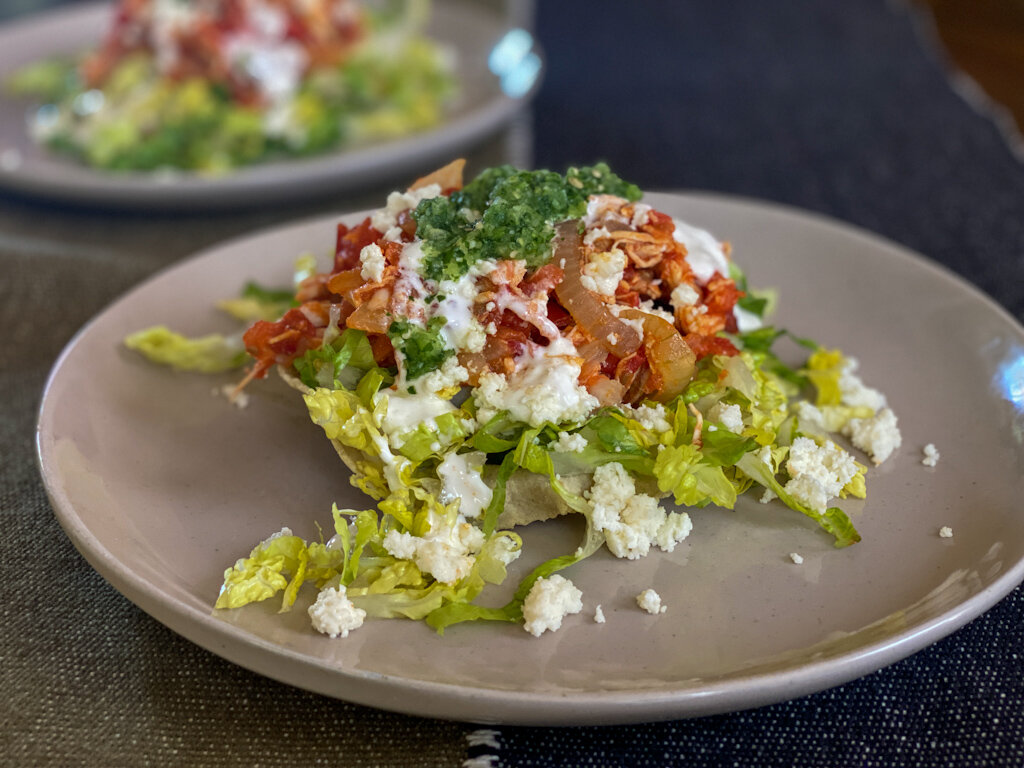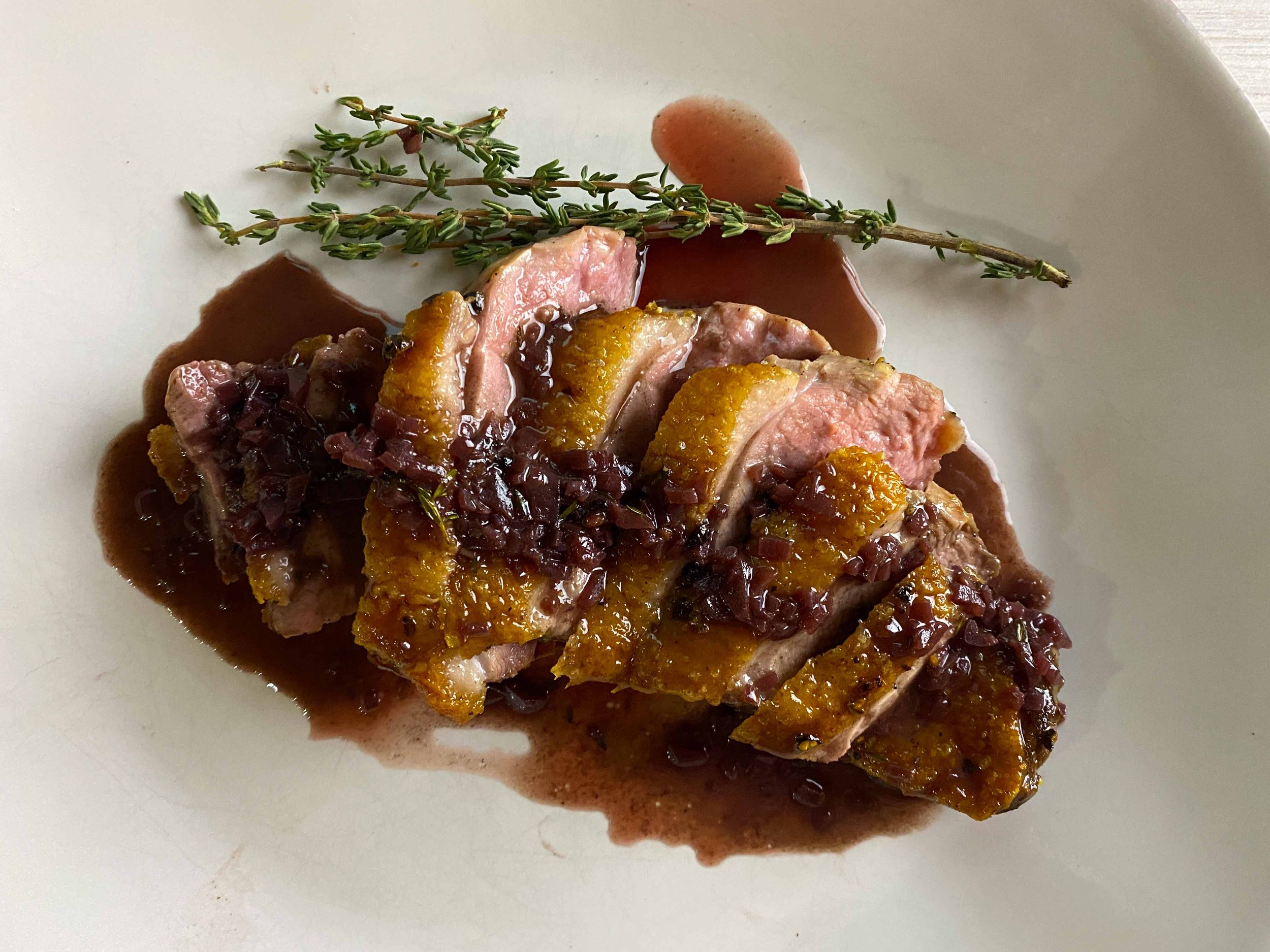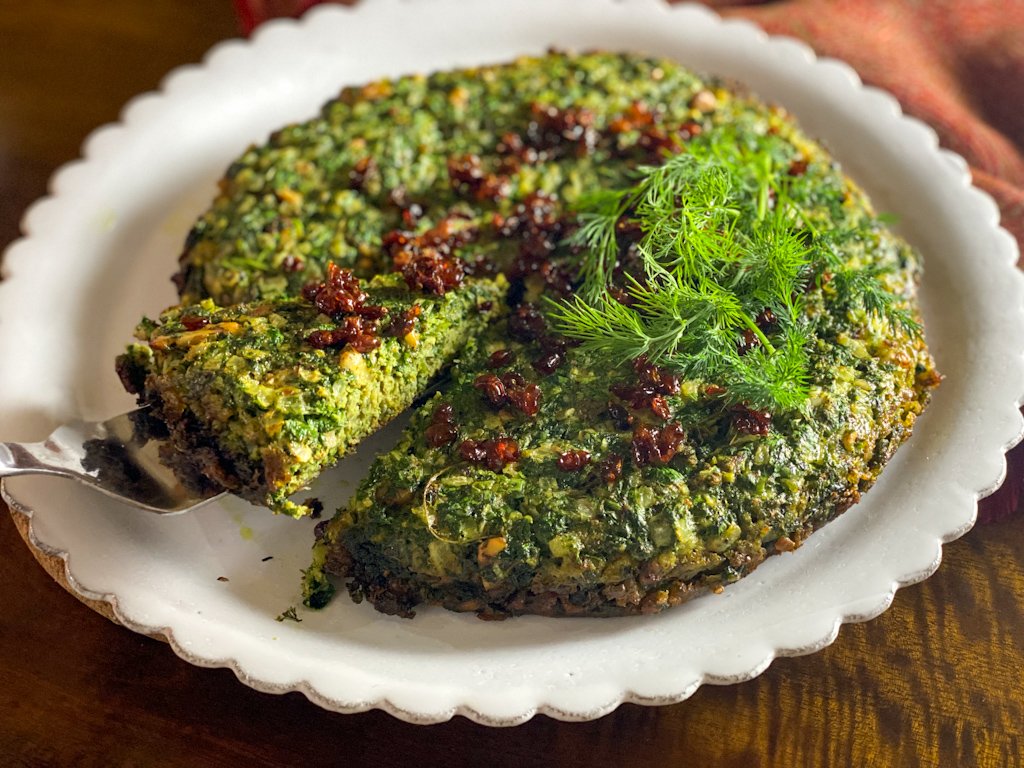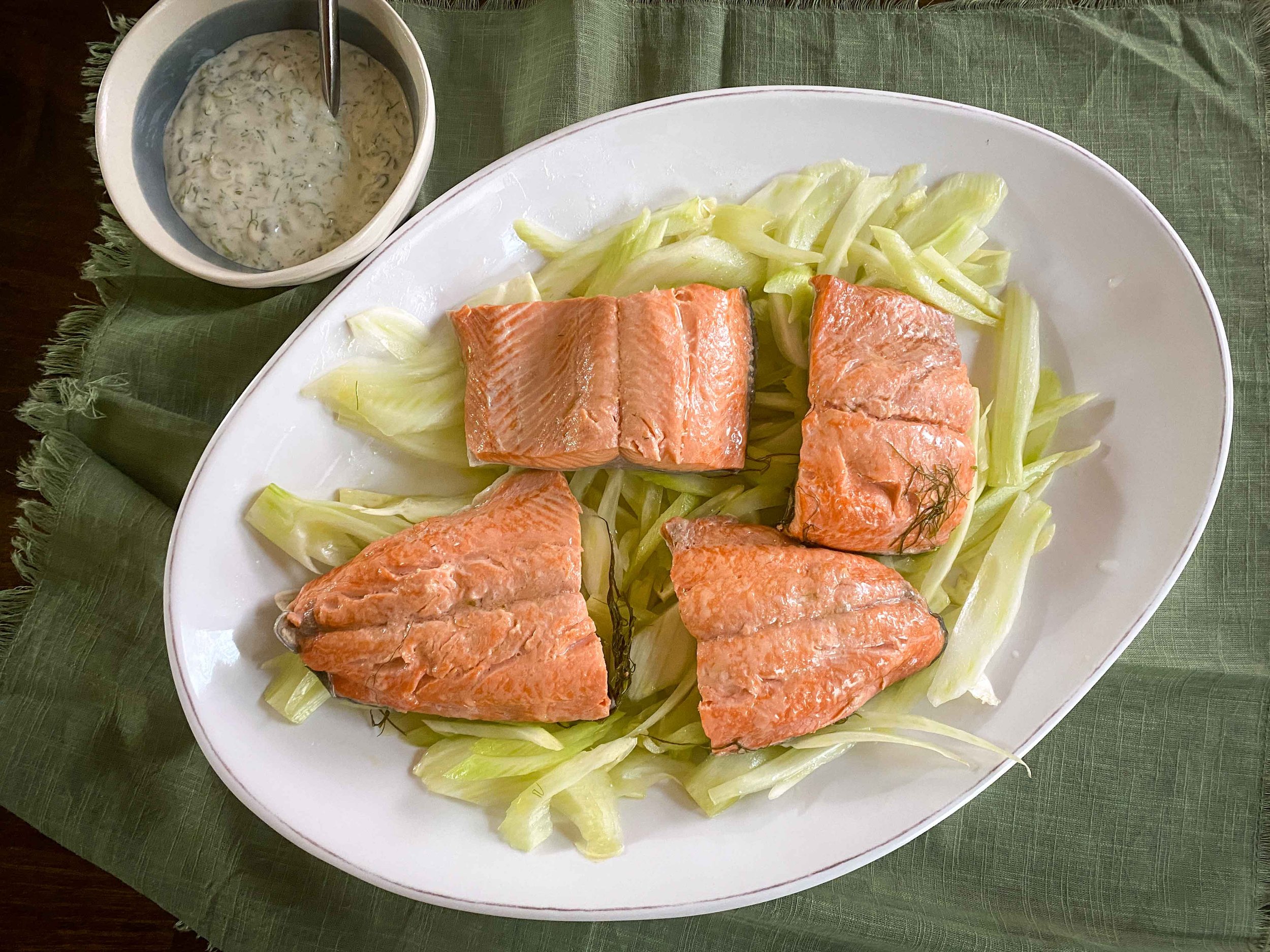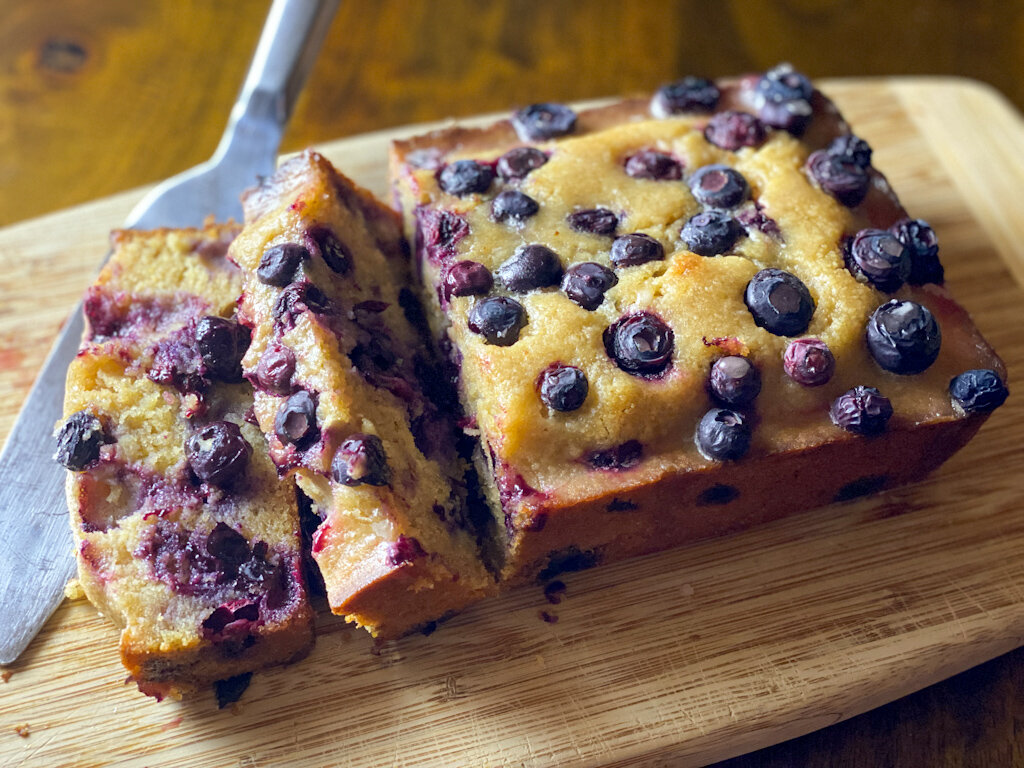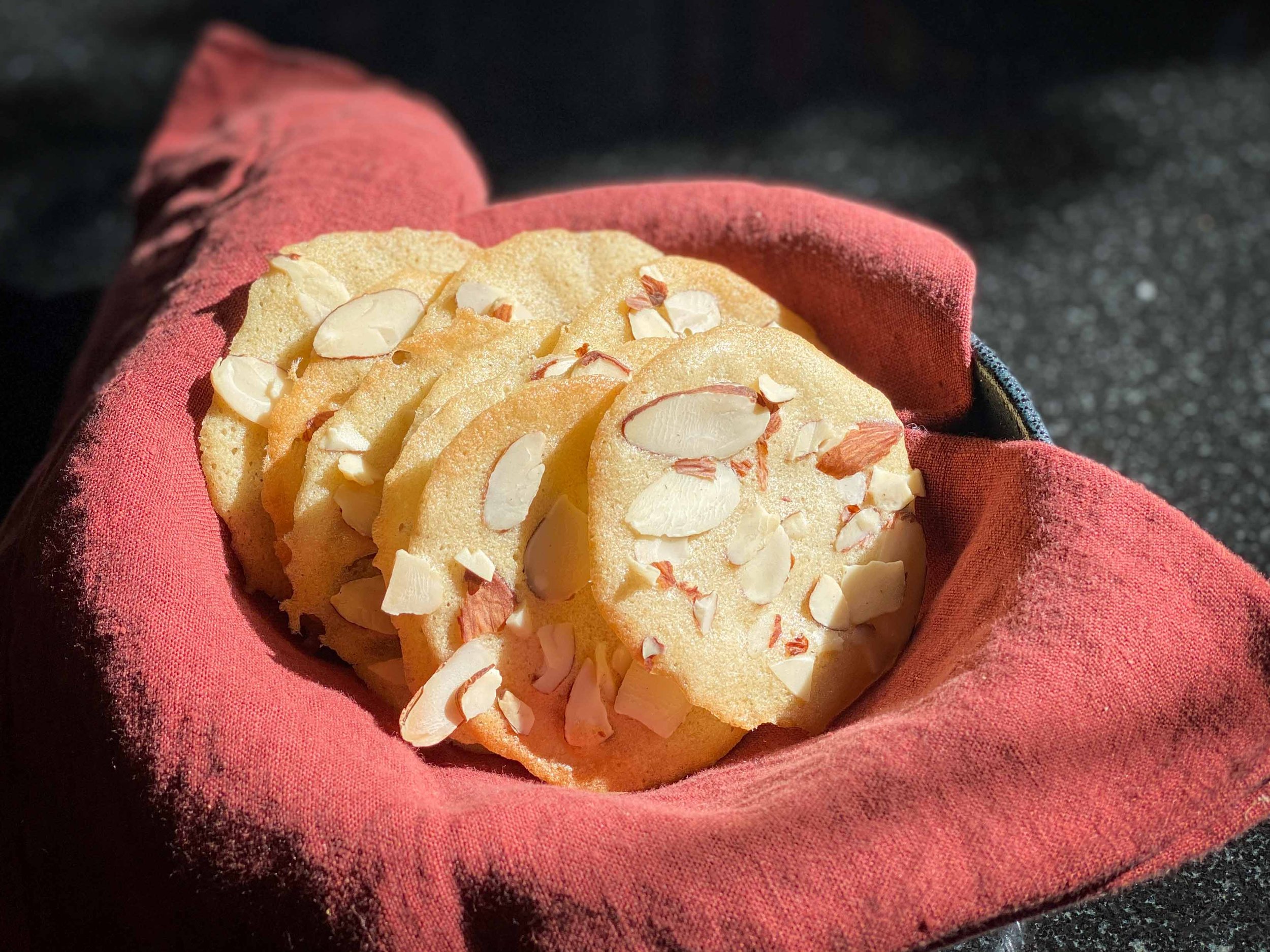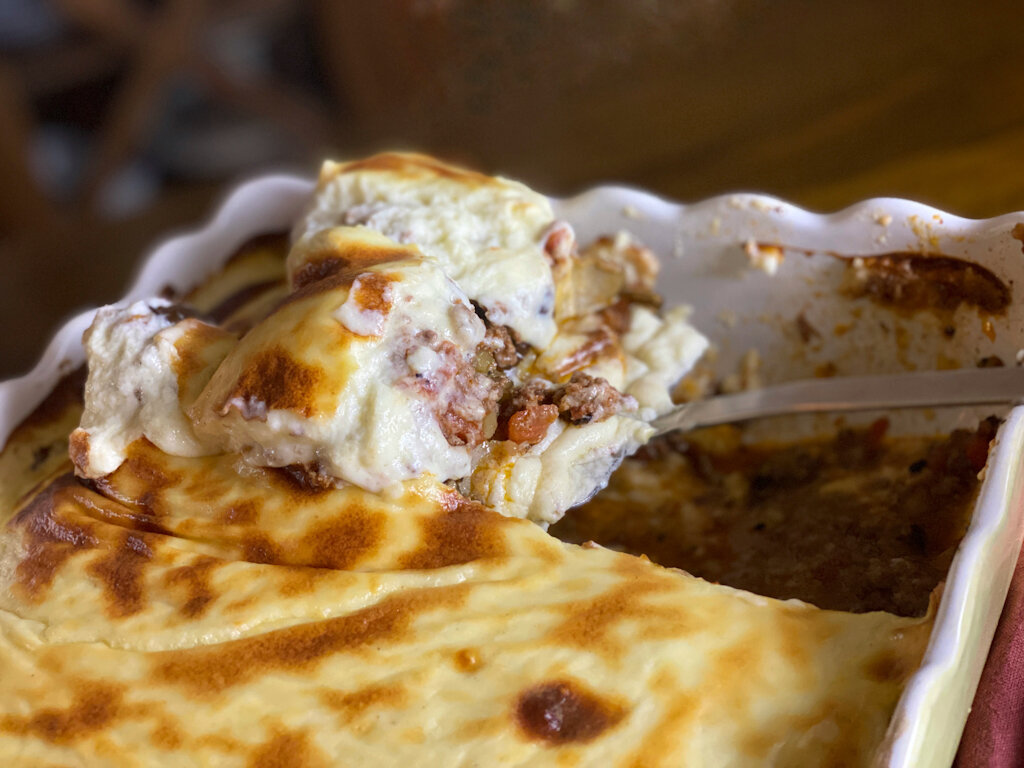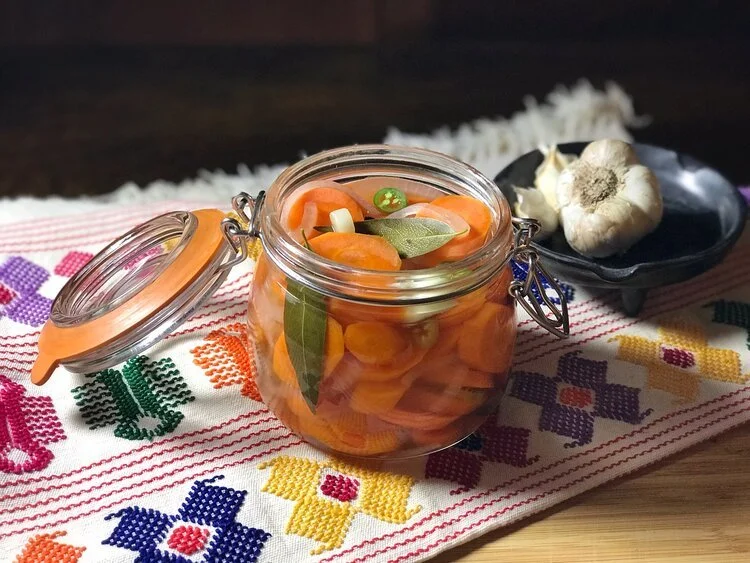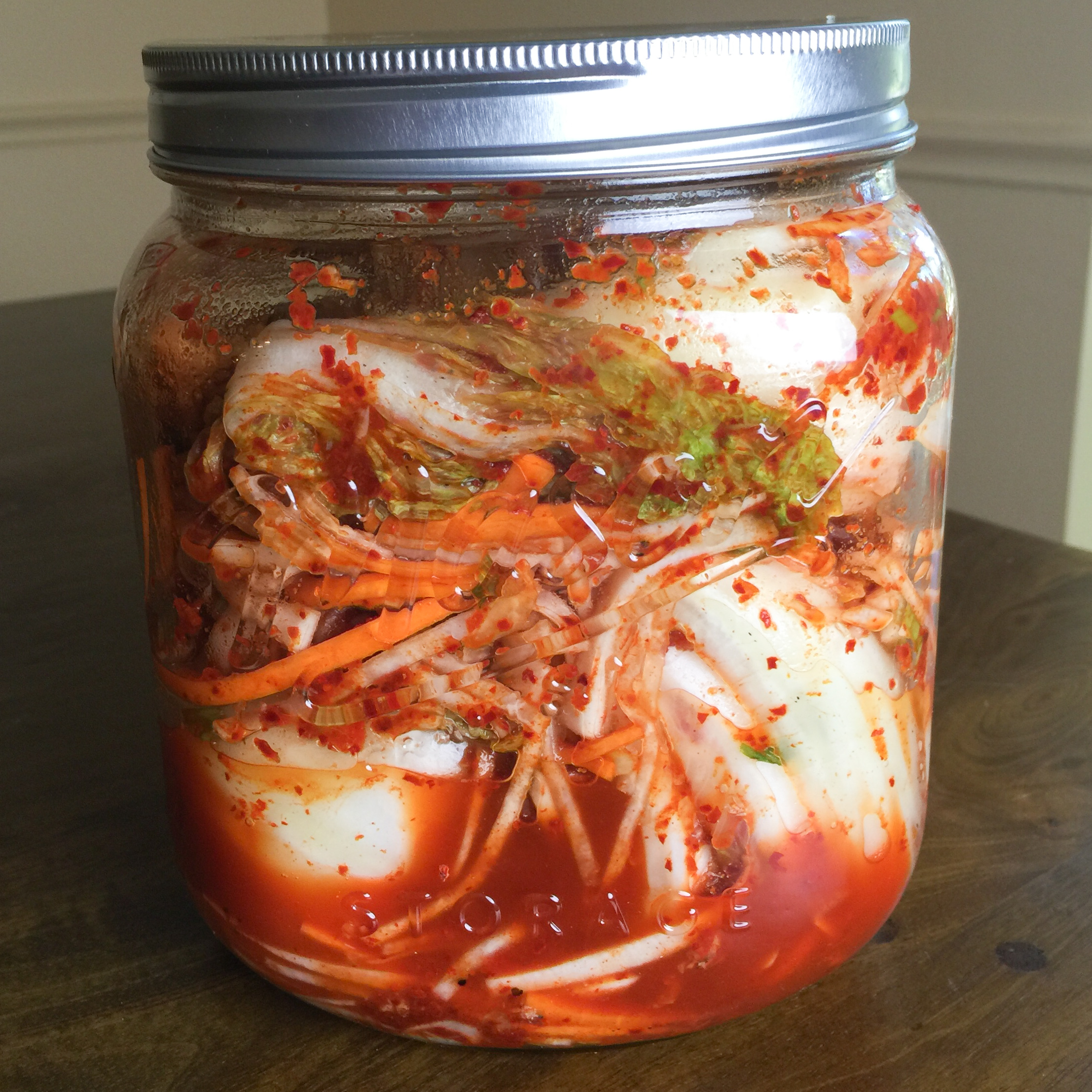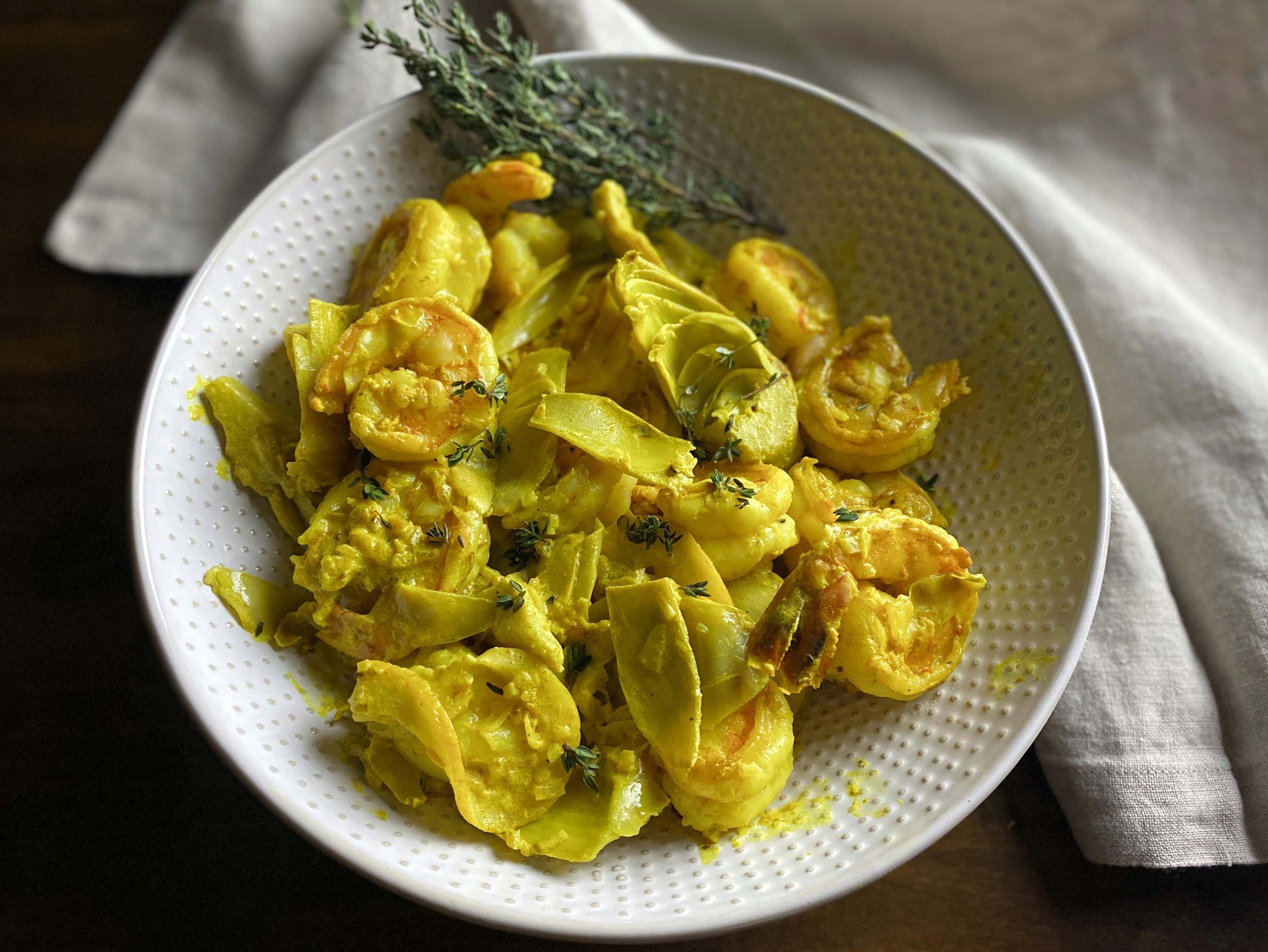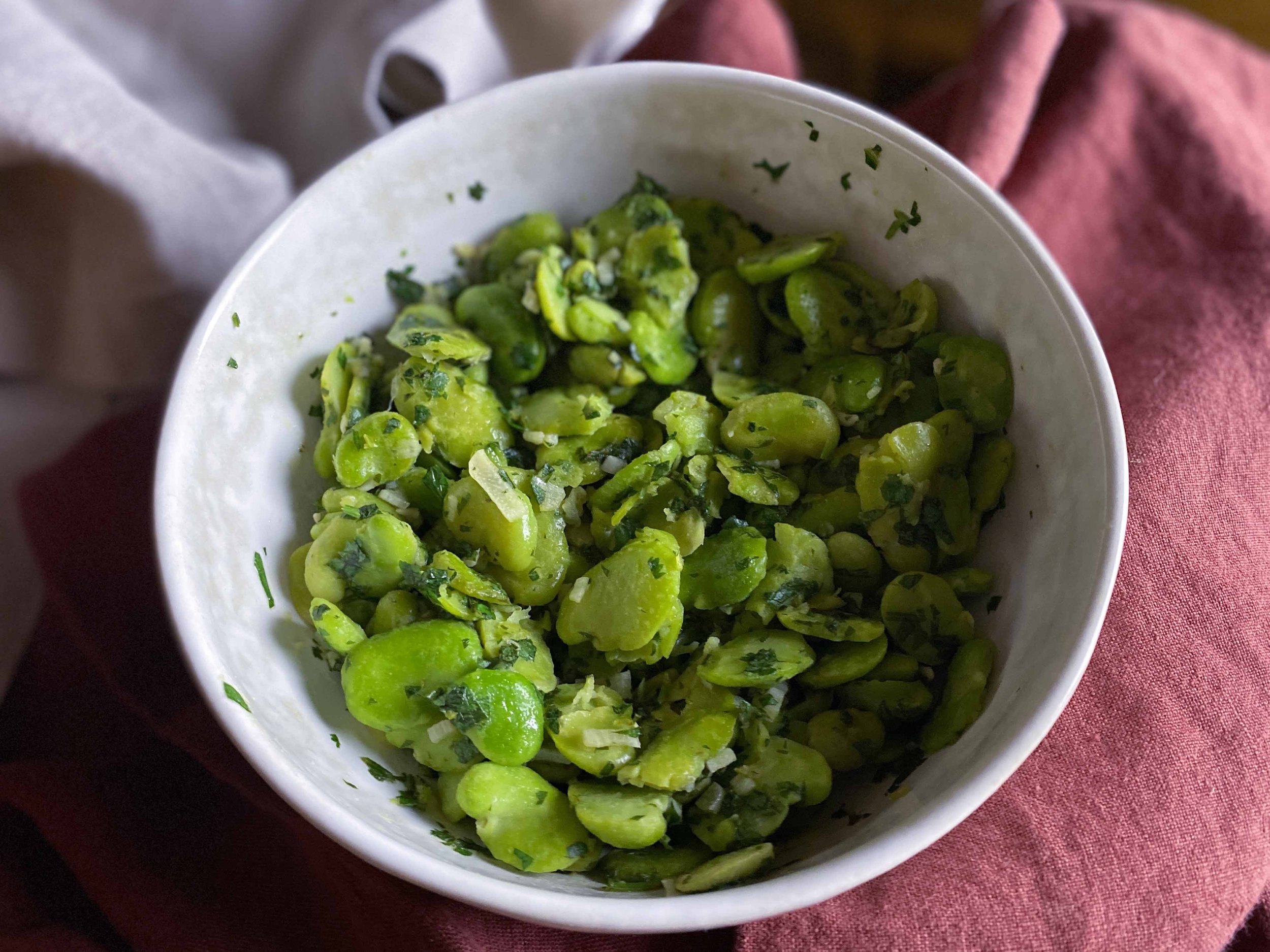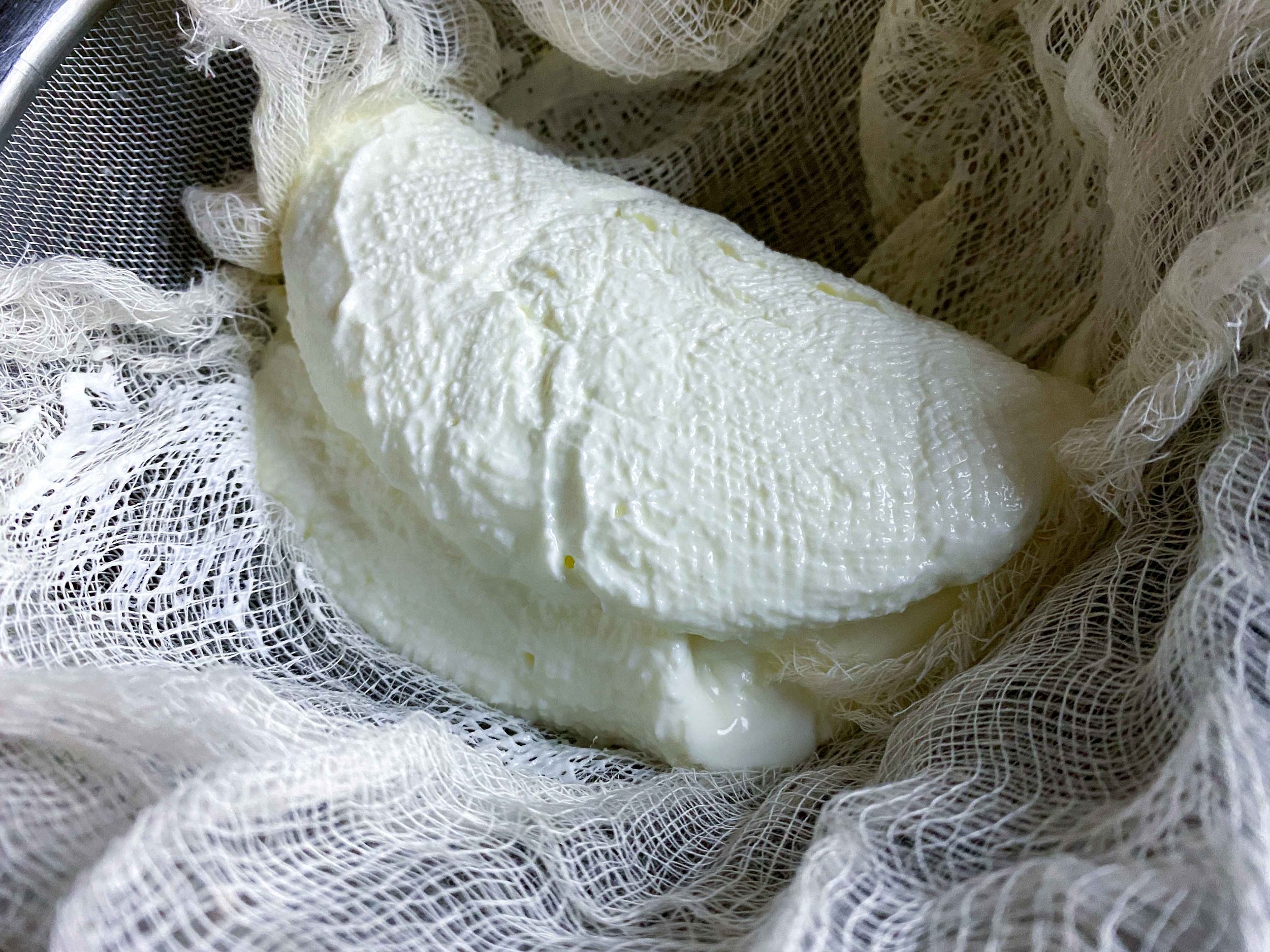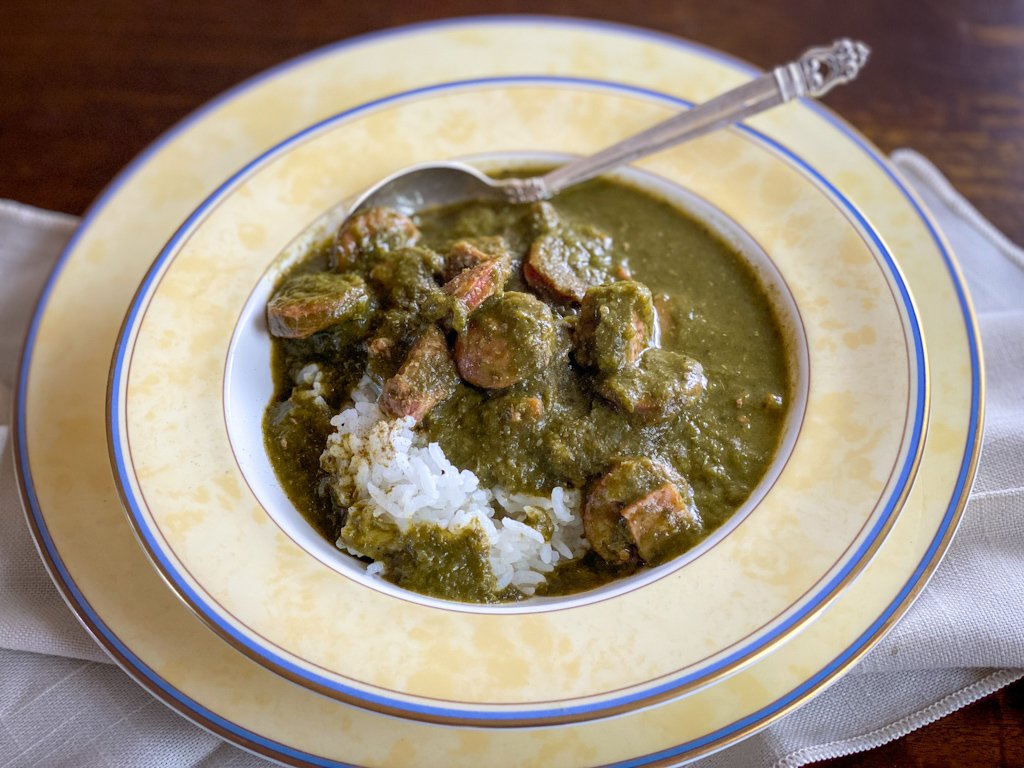EDITOR’S NOTE: This story was first published on July 30, 2021. Yotam Ottolenghi and Helen Goh’s rolled Pavlova continues to be one of our favorite desserts ever. Peaches should be available from somewhere in the United States for at least two or three more weeks, so now’s the time to thinking about making it.
By Leslie Brenner
Looking for something fabulous and sweet to make this weekend or next? Or maybe you want something to wow a crowd during your upcoming August vacation?
Look no further: This rolled Pavlova from Sweet: Desserts from London’s Ottolenghi is absolutely smashing. Dramatic and gorgeous, it makes a hell of an impression — but it actually requires surprisingly little effort.
If you’ve never had or made a Pavlova, it’s actually quite simple: just whip egg whites with sugar until they’re thick and glossy, add a little vanilla for flavor and a touch of vinegar and cornstarch to stabilize, spread it on a parchment lined sheet pan and bake. When it comes out of the oven, it’ll be super-light, crisp and crusty on the outside and marshmallowy-soft on the inside. Round ones make great bases you can use in place of the shortcake for strawberry shortcake, or you can make a big one, dollop on whipped cream, top it with fruit and nuts and make a gorgeous statement. We’ve been doing both of those for years. Pavlovas are particularly wonderful for anyone needing or wanting to eat gluten-free.
But we’d never heard of a rolled Pavlova until we were flipping through Sweet last weekend, looking for a fruit dessert that we hoped would wow some wonderful new friends we’d invited to dinner.
And wow, did it! Not only was it a show-stopper; it was actually a show — everyone wanted to watch the dramatic roll-it-up maneuver. Then cutting the slices (thick ones! delightful crackly noise!) was its own entertaining moment.
The recipe probably reads a little scary if you’ve never made a Pavlova before — rolling a flat, crisp, thick meringue could seem perilous — but I knew it would be soft enough inside that rolling it up should be no problem. More than a show-stopper; it was actually a show — everyone wanted to watch the dramatic roll-it-up maneuver. Then cutting the slices (thick ones! delightful crackly noise!) was its own entertaining moment.
The Pavlova was dreamy to eat: Lots of ripe and super-flavorful peak-season peaches and juicy blackberries mingling with whipped cream inside the soft and crunchy meringue roulade, with more whipped cream, fruit and toasted sliced almonds on top. Our friends had brought along a delightful Muscat de Beaumes-de-Venise — one of my all-time favorite dessert wines — a glorious match, thanks to the peaches.
OK, I know what you’re thinking: Need to run out and buy peaches, blackberries, cream and eggs. Do let us know how you love it.
RECIPE: Showstopper Rolled Pavlova with Peaches and Blackberries
Recipe from Sweet: Sweet: Desserts from London’s Ottolenghi by Yotam Ottolenghi and Helen Goh, with an assist from our friend Tara Wigley.
If you enjoyed this story, you might like:
“This glorious plum-and-blackberry buckwheat tart is way easier than pie”
“5 Favorite dishes for summer-into-fall”
“Exuberantly delicious and beautifully told, ‘Falastin’ is one of those life-changing cookbooks”
“Tomato love fest: Our favorite ways to celebrate ripe beauties at the height of their season”

